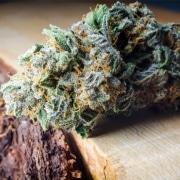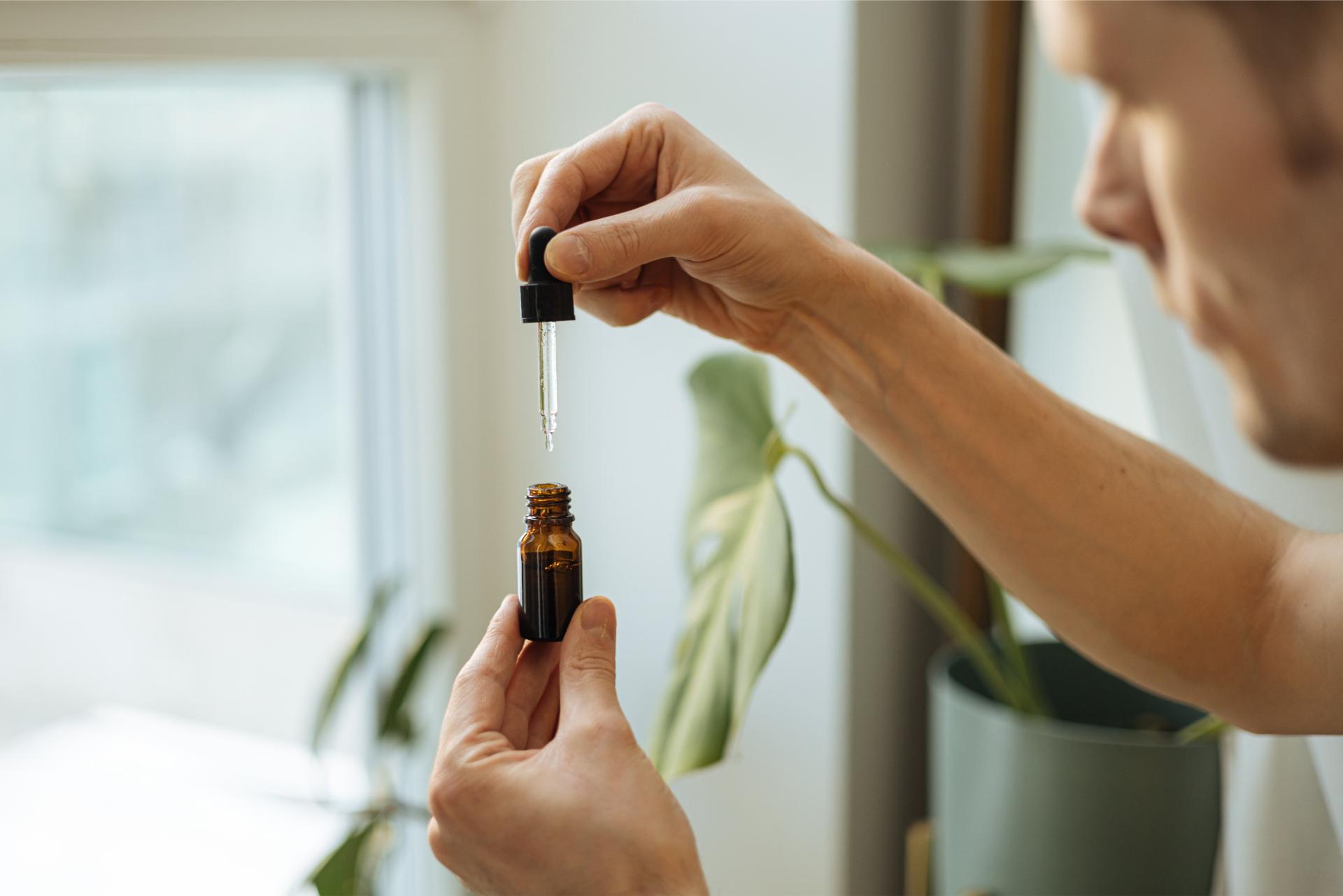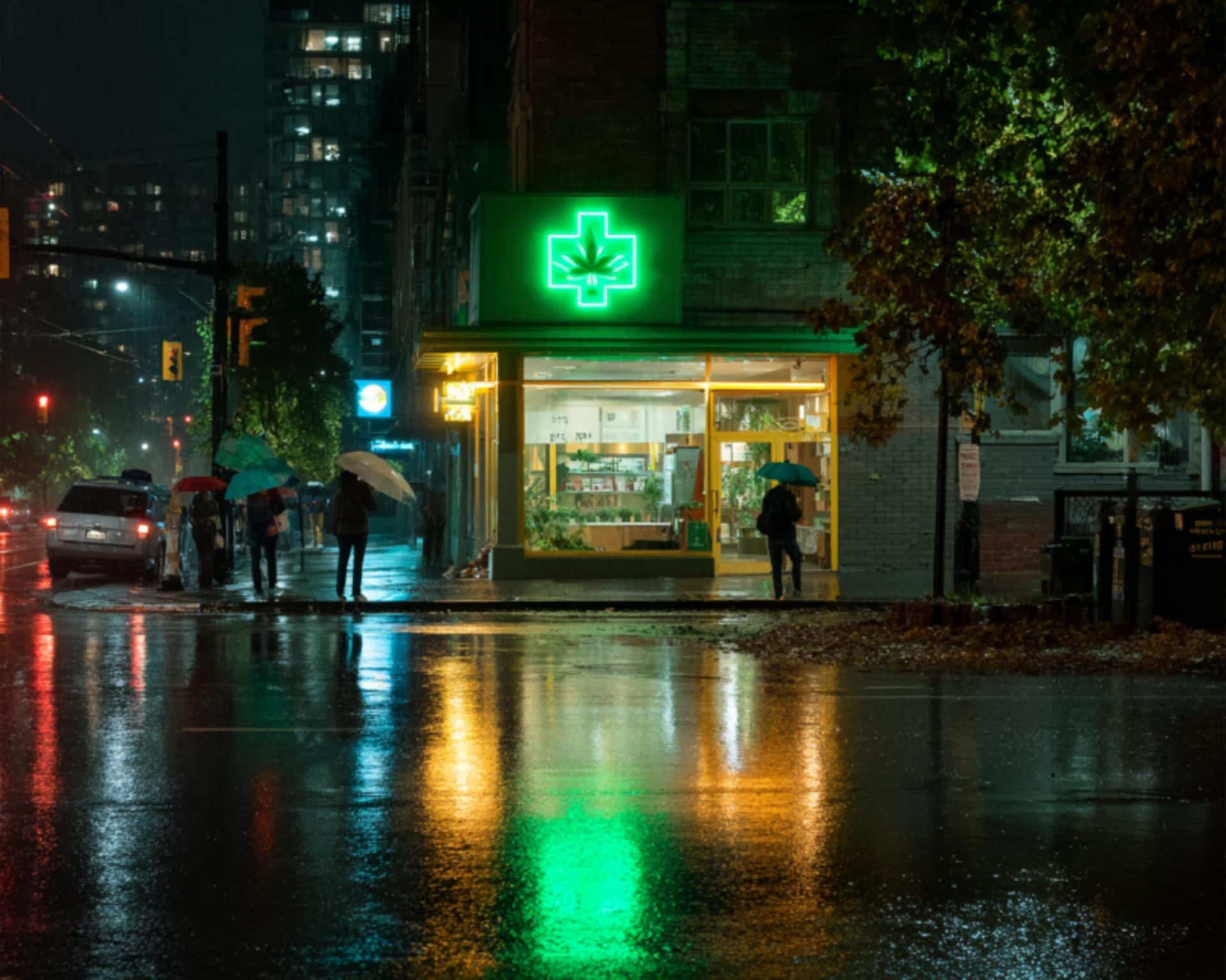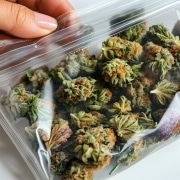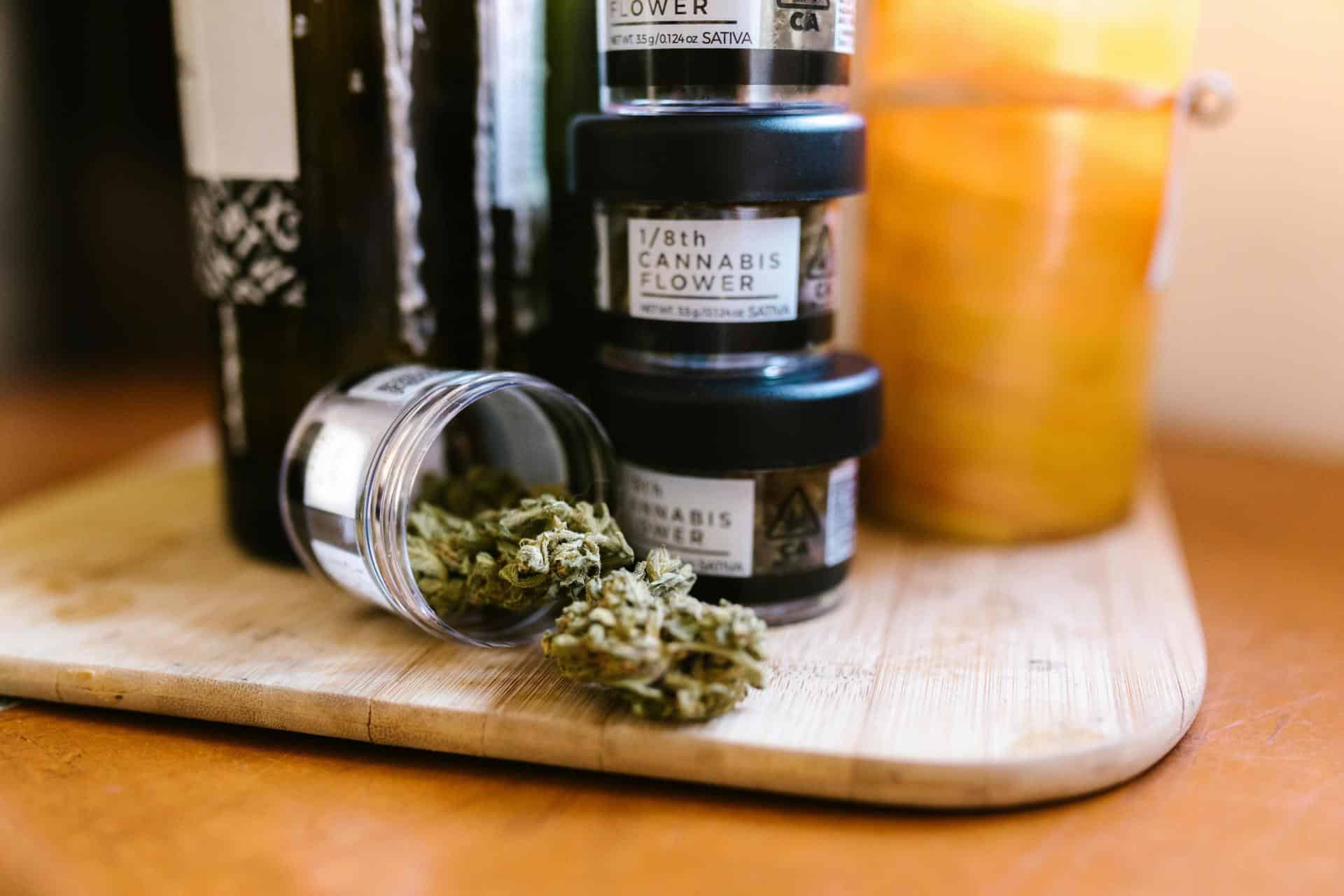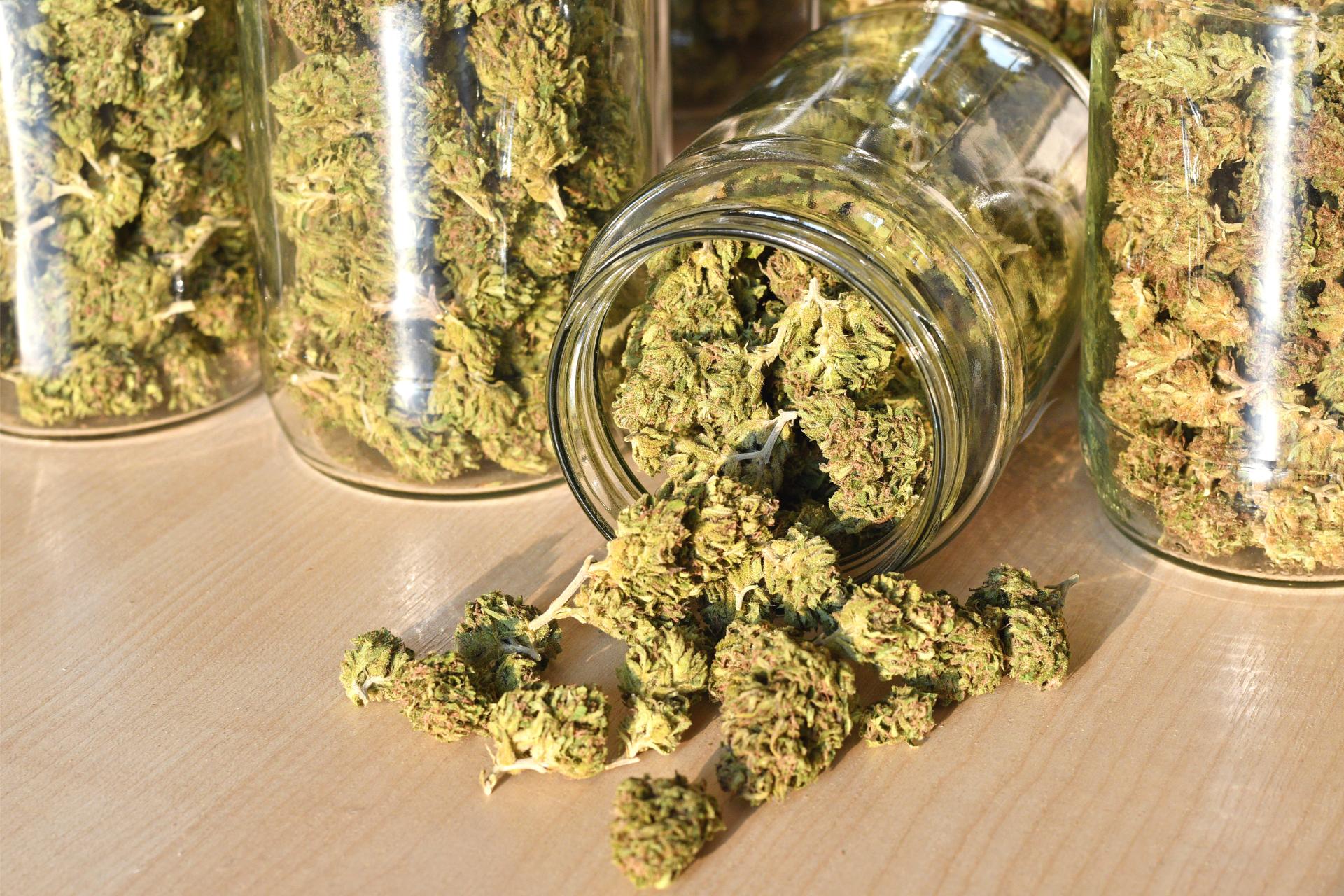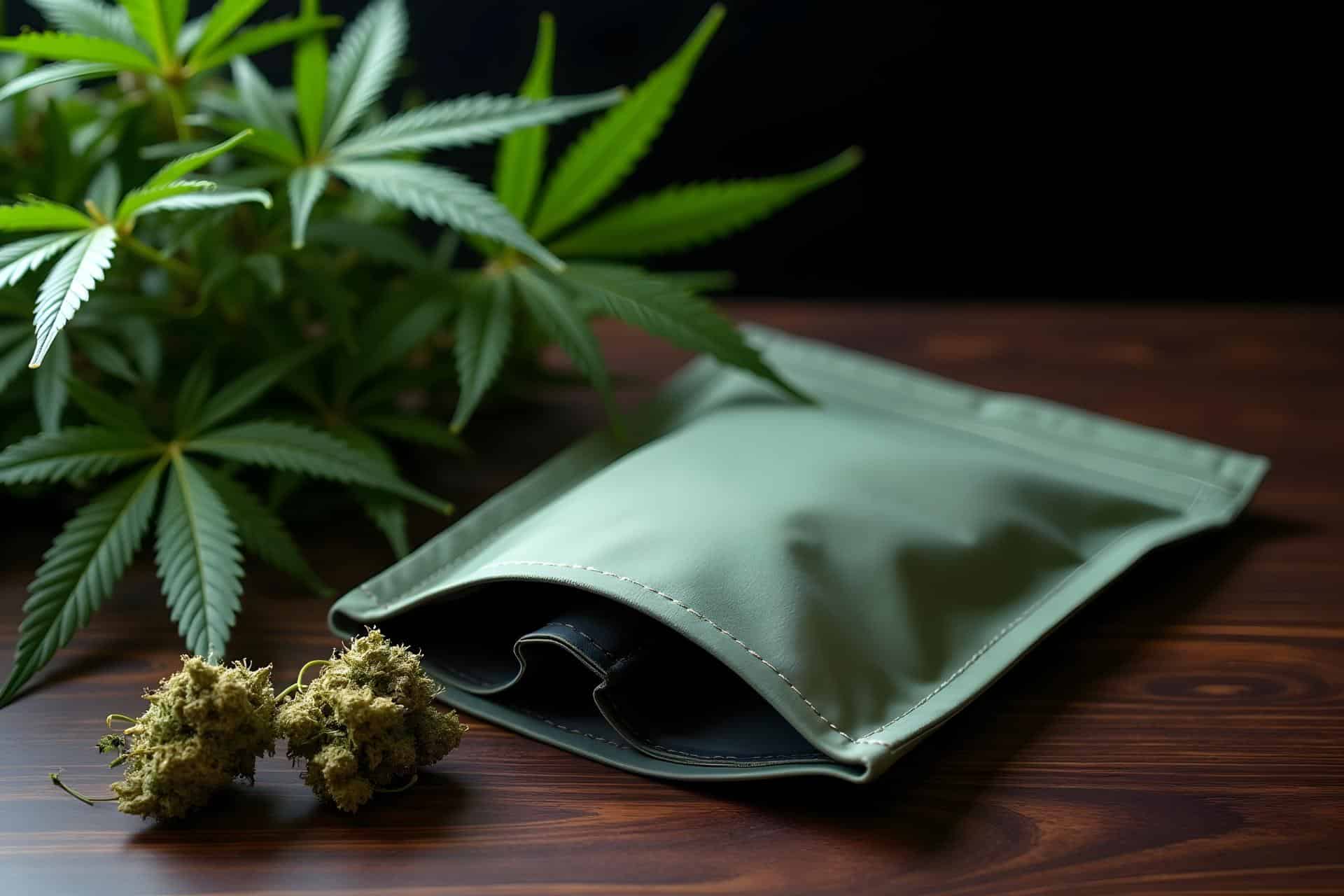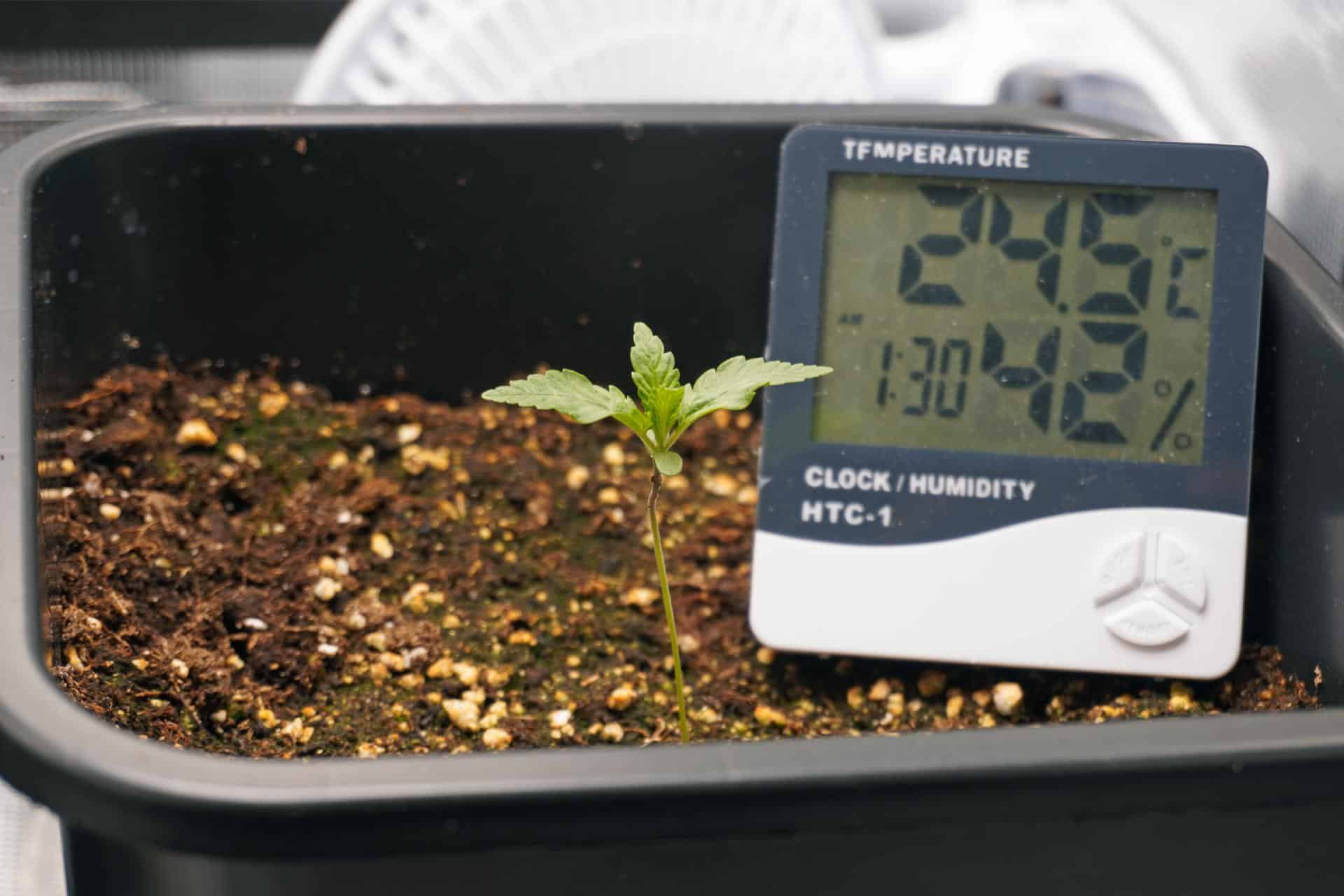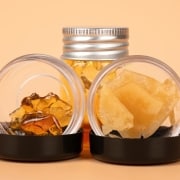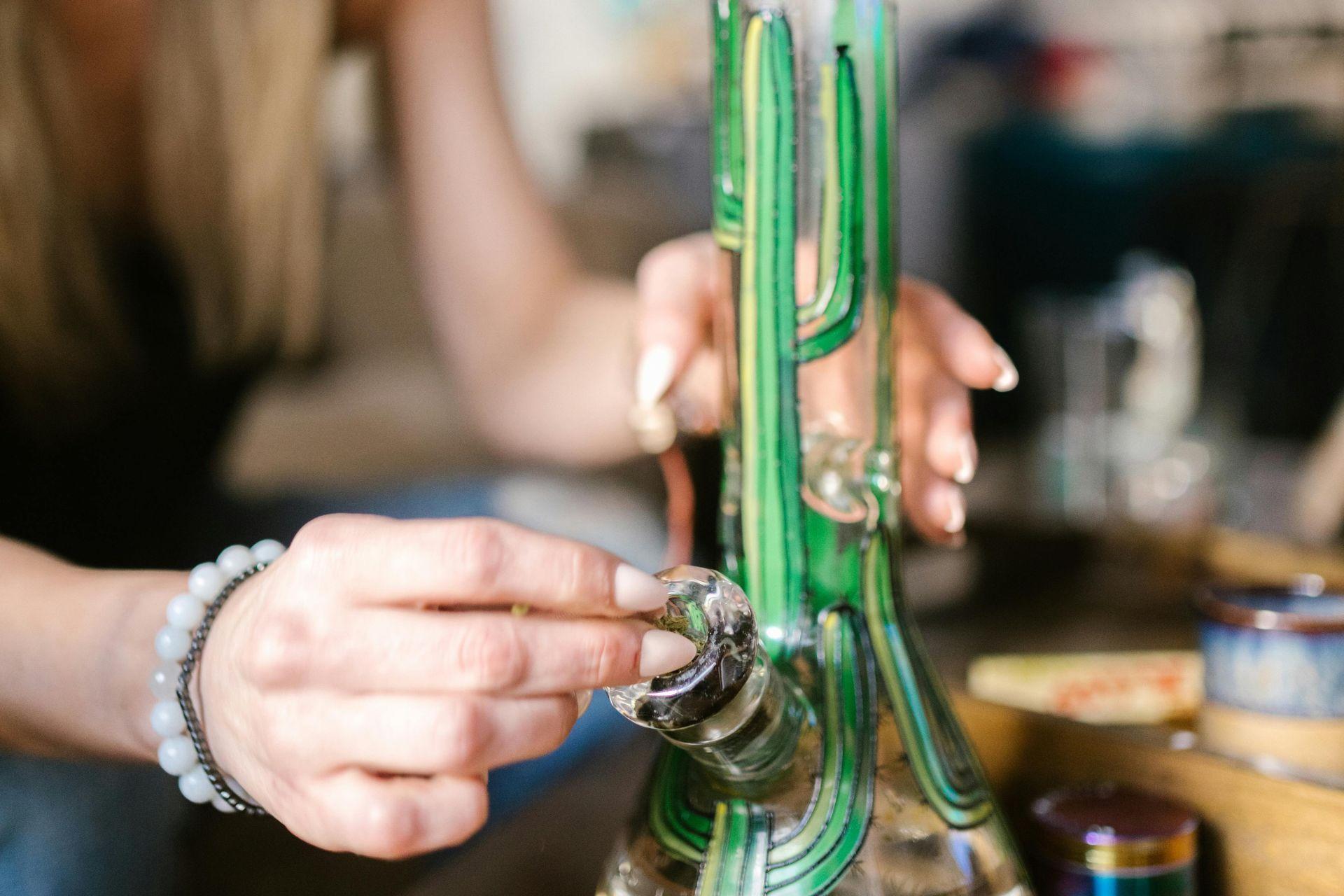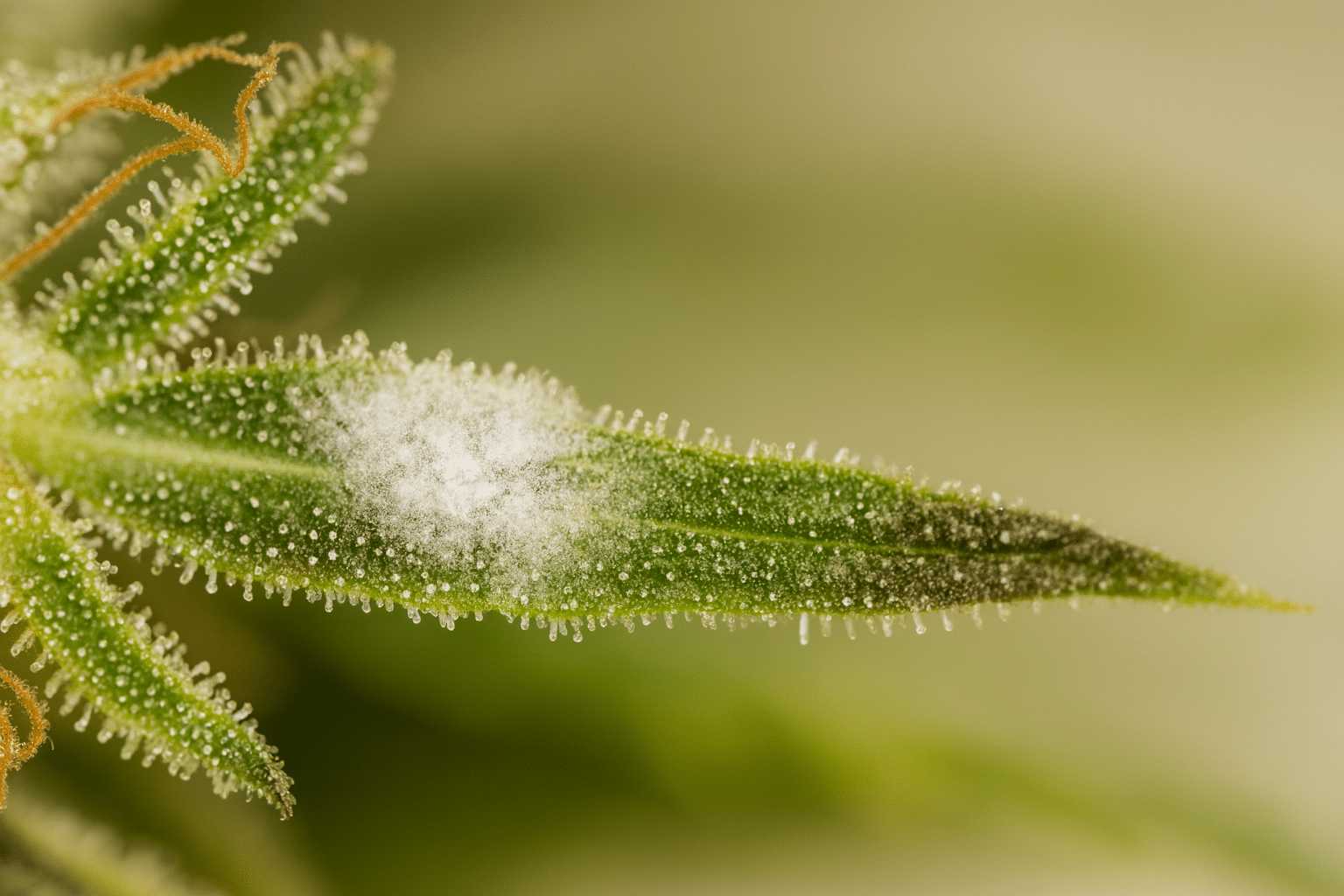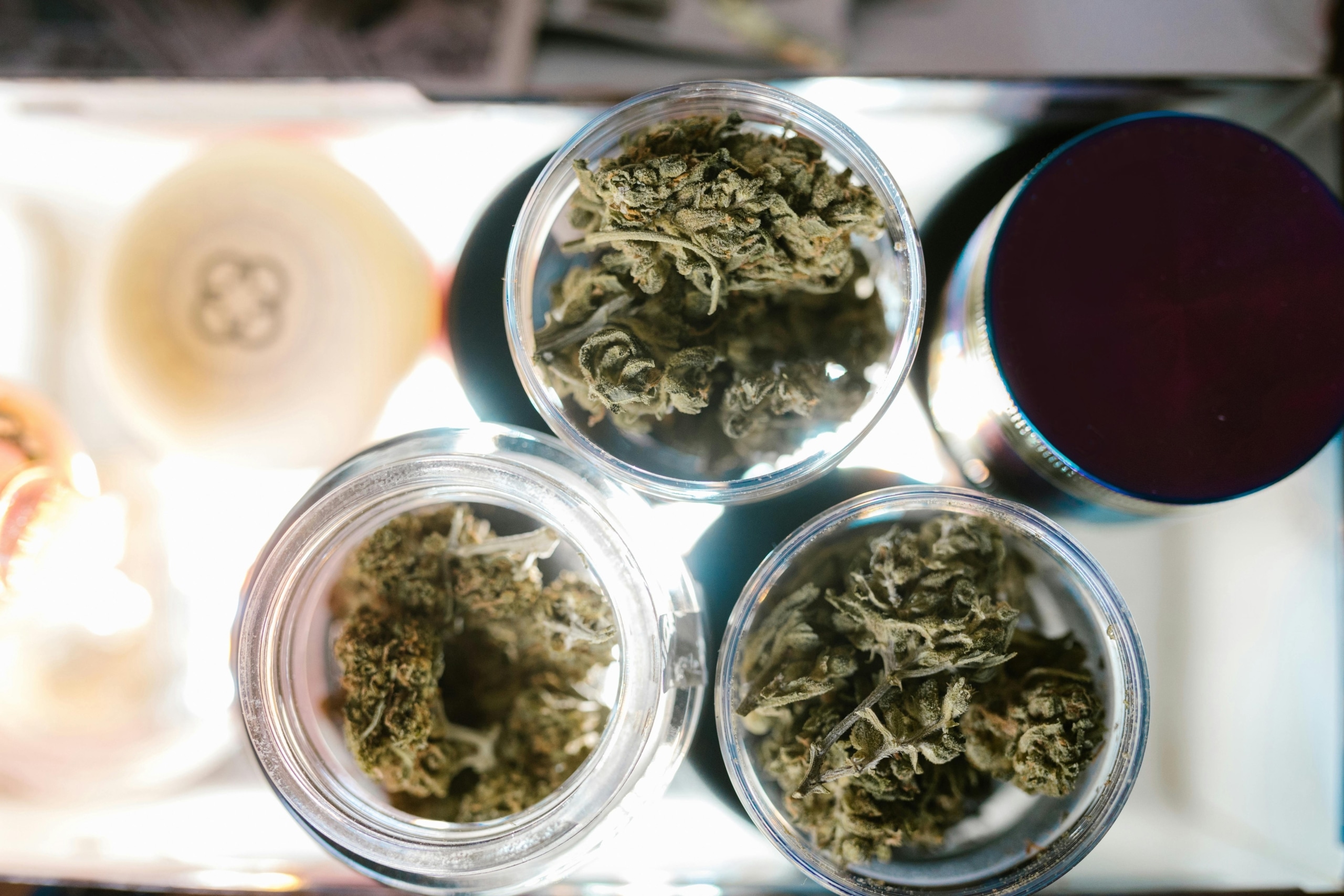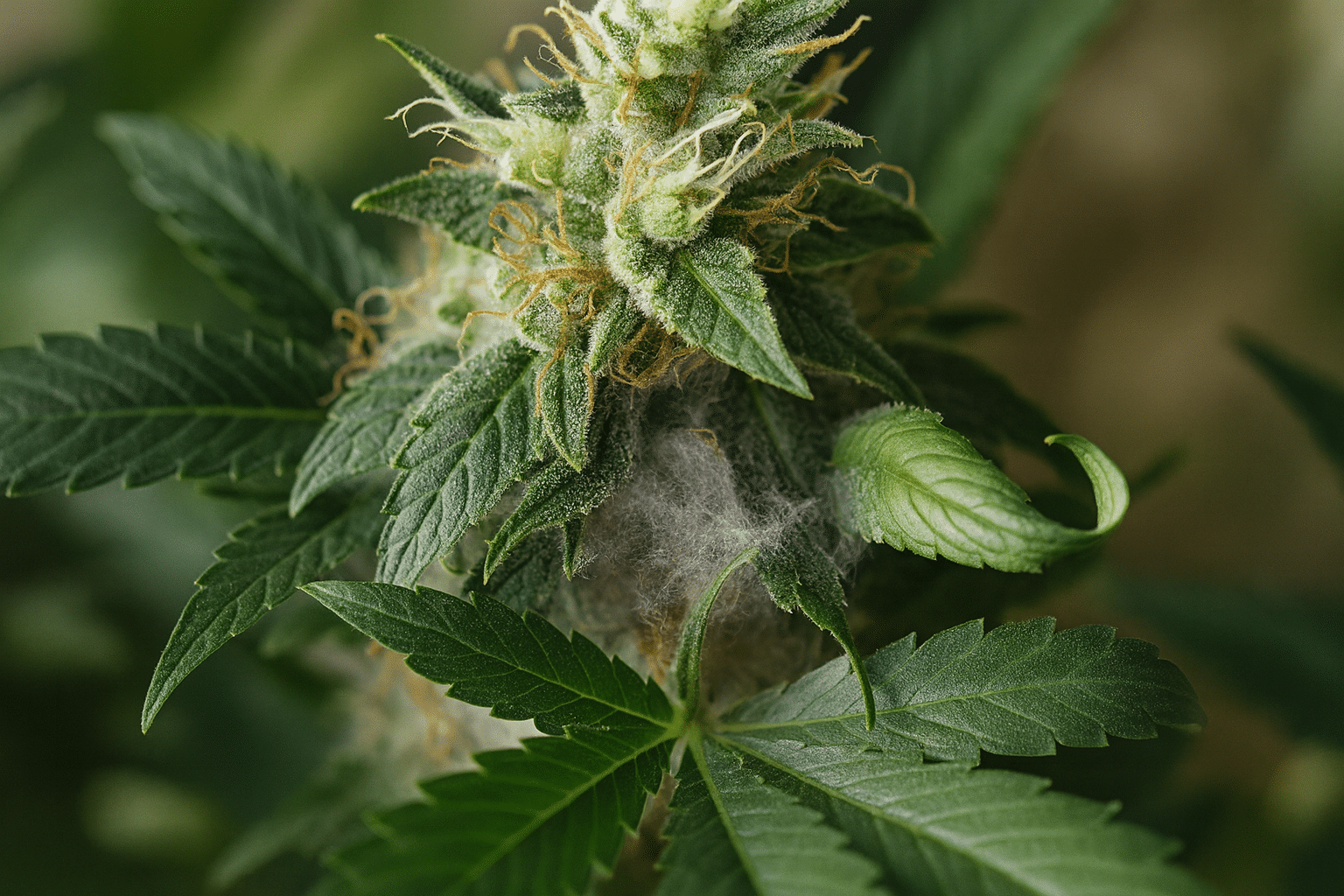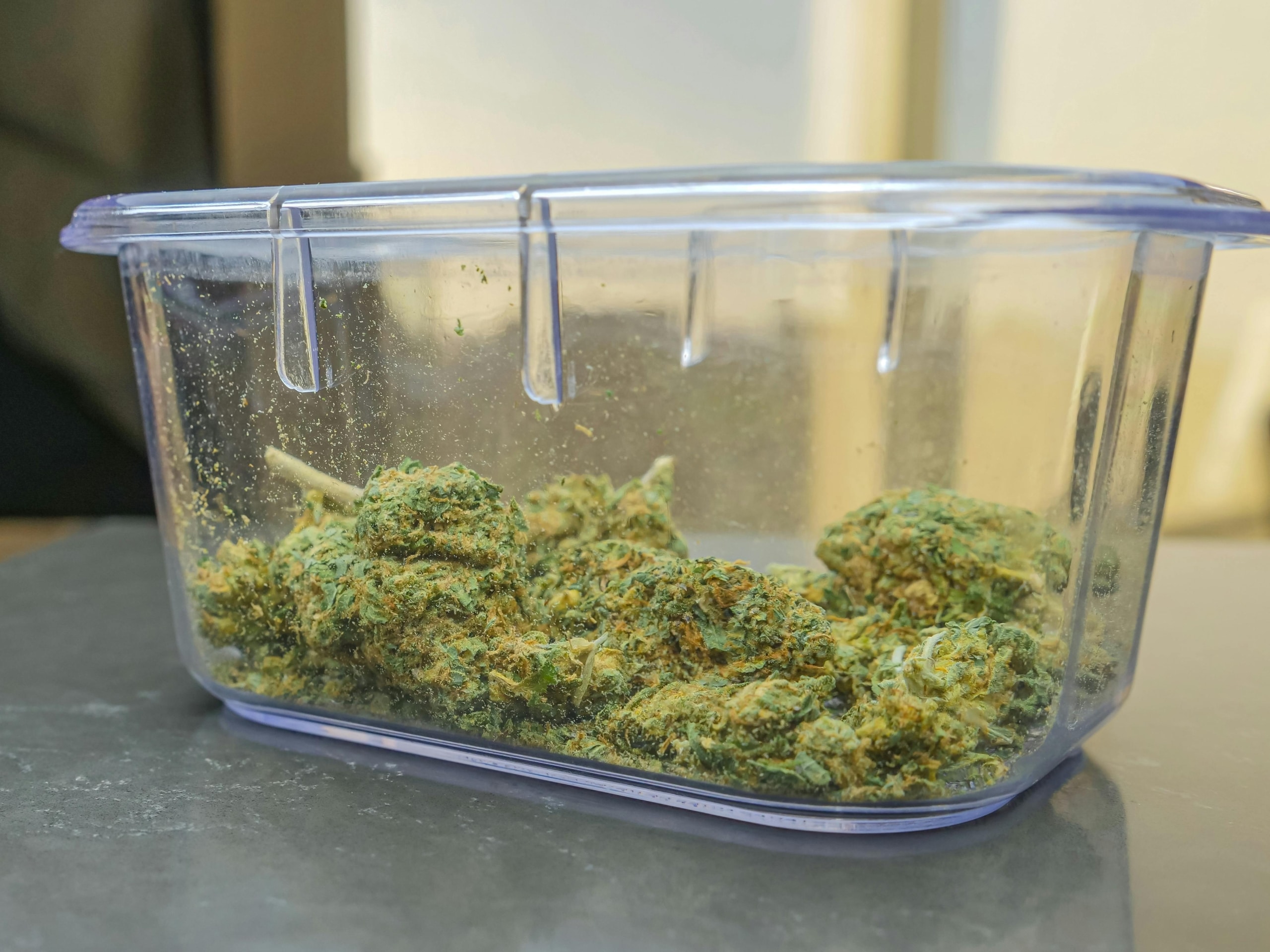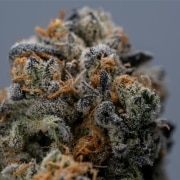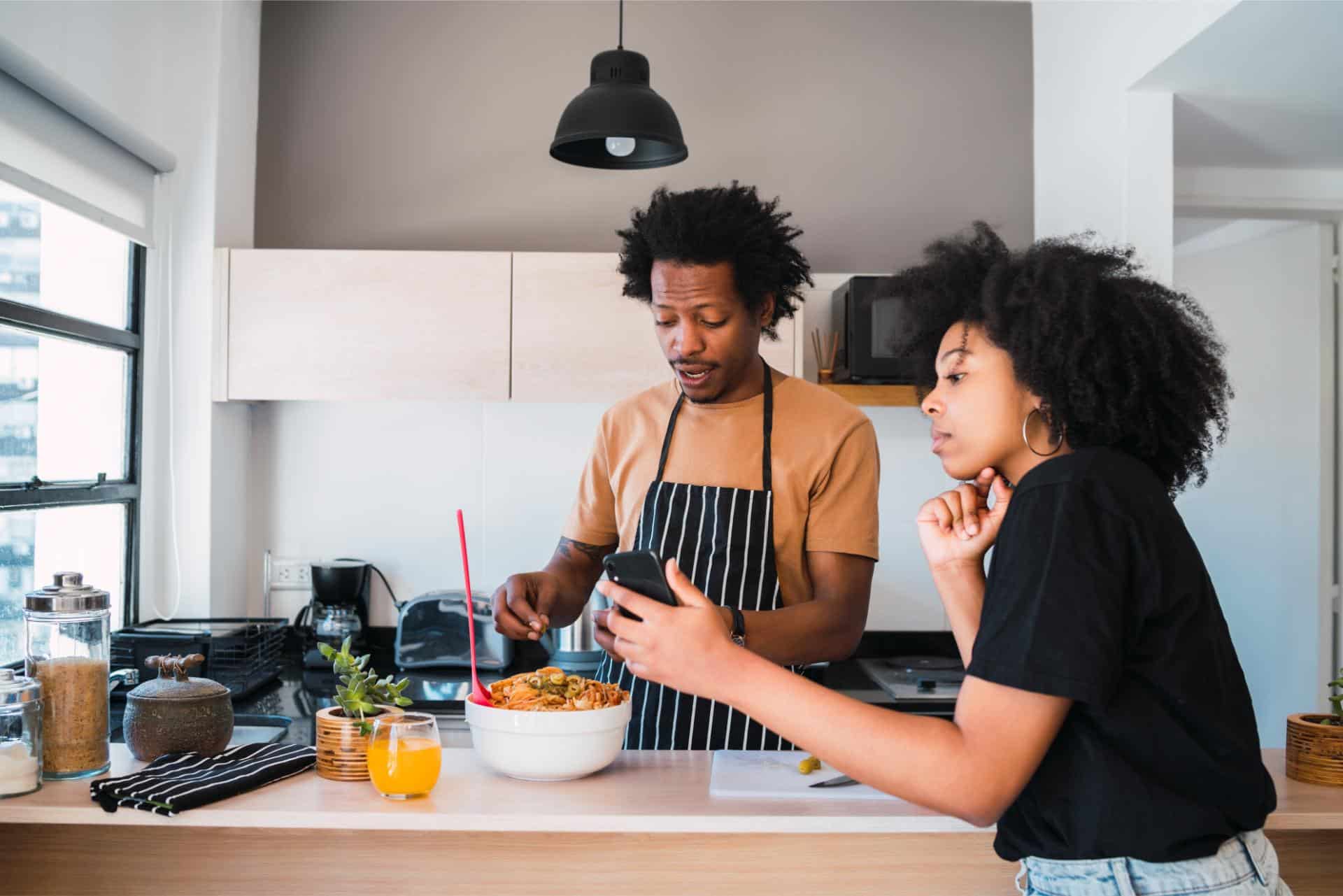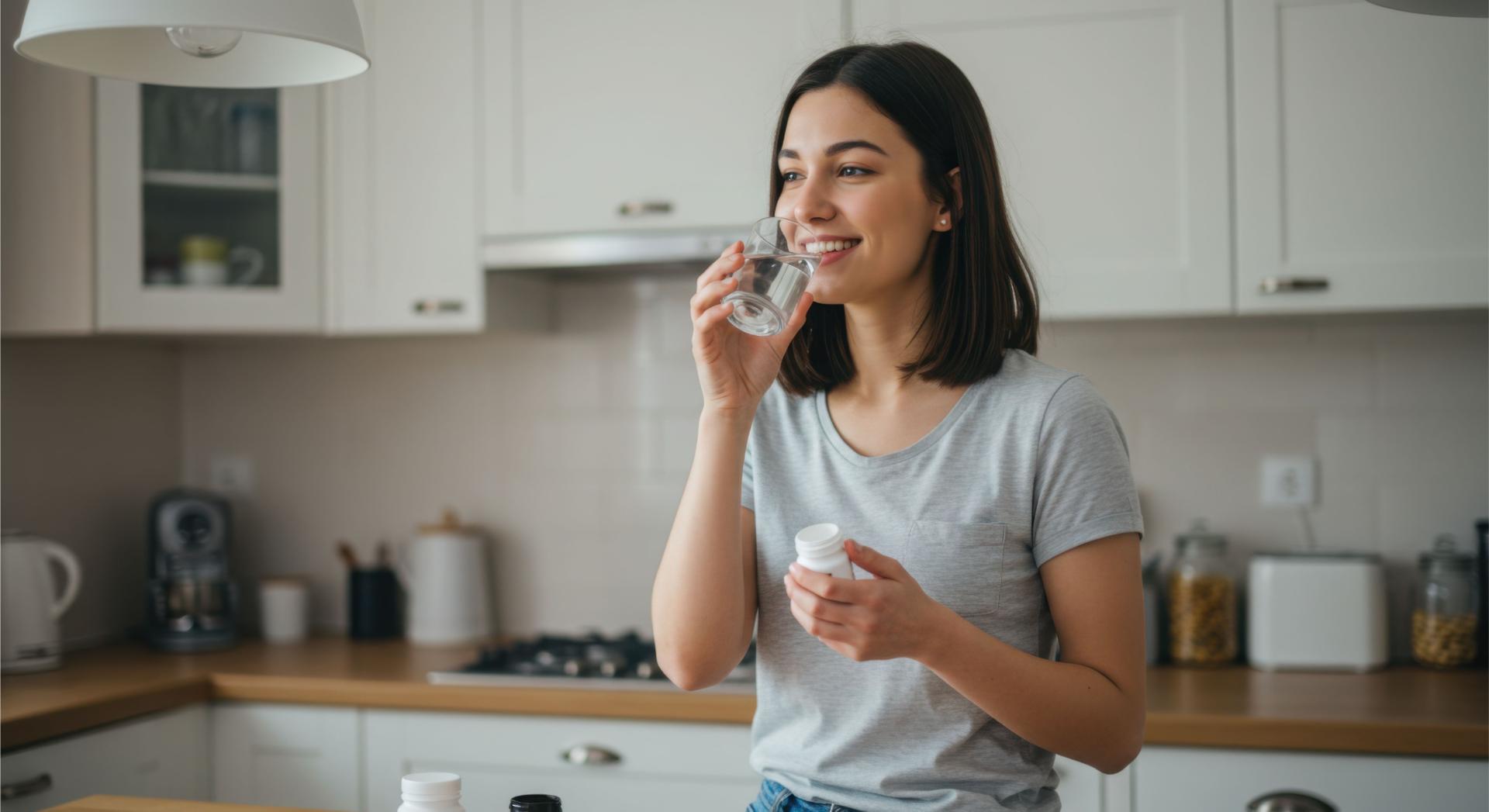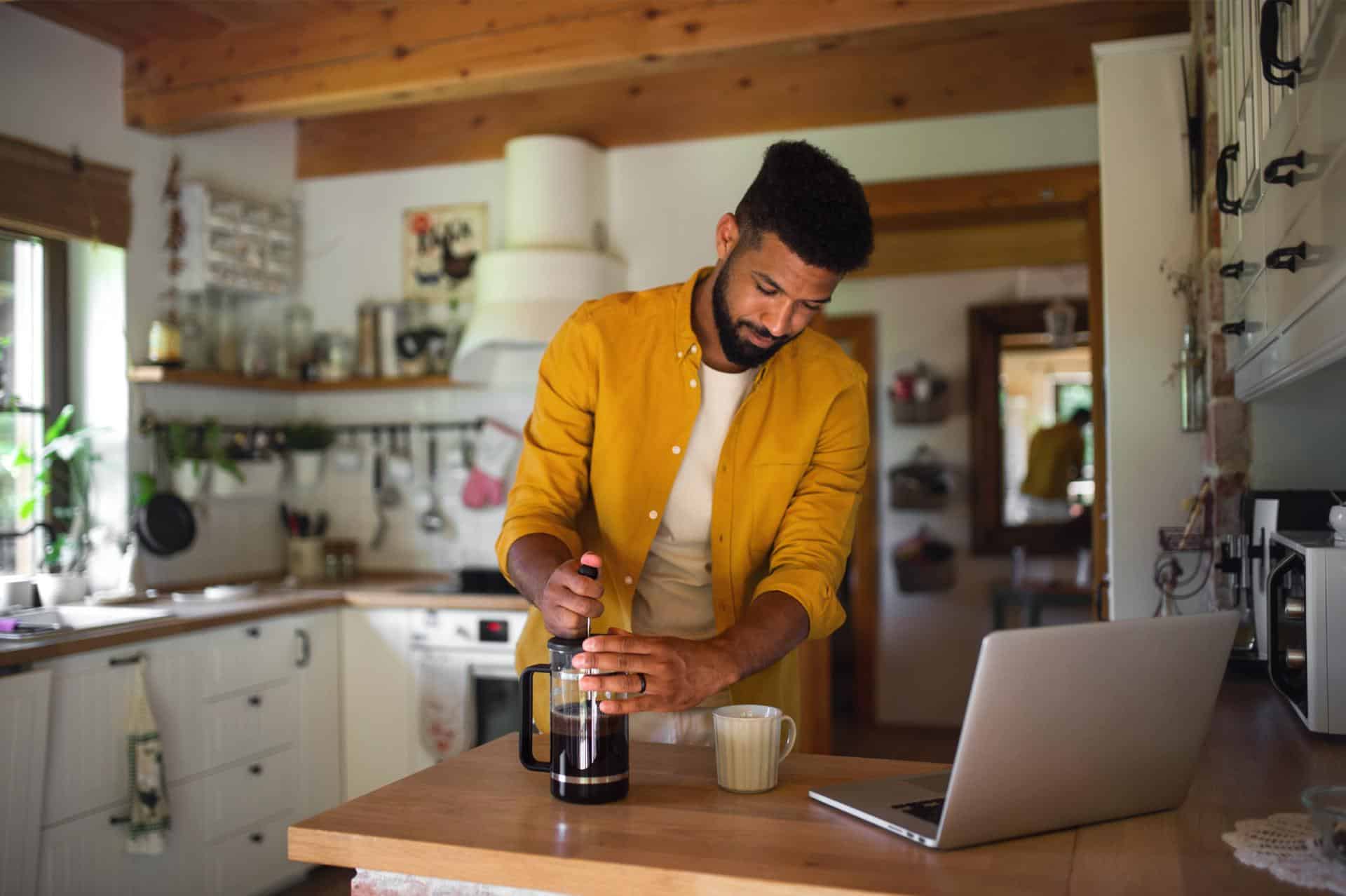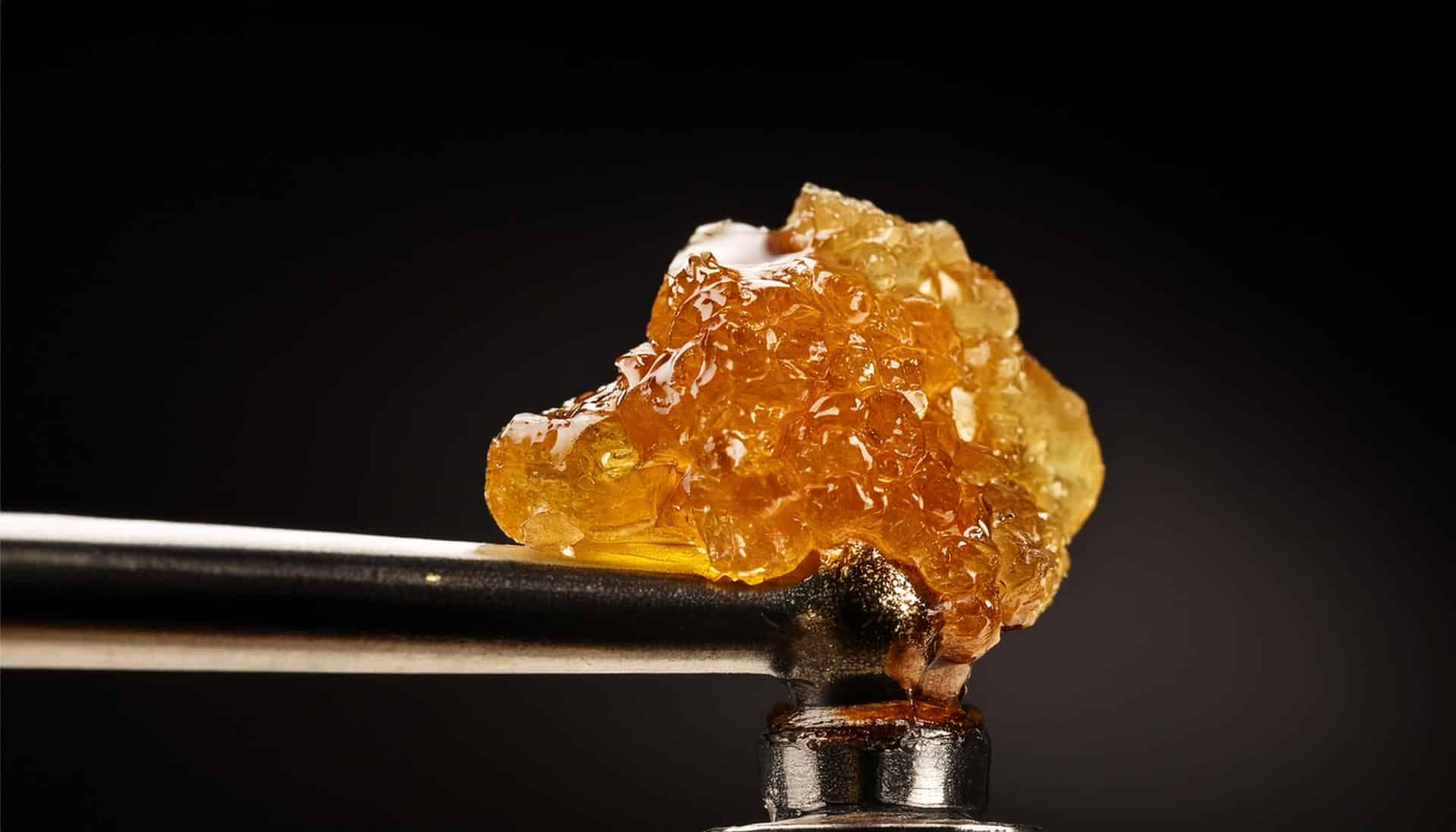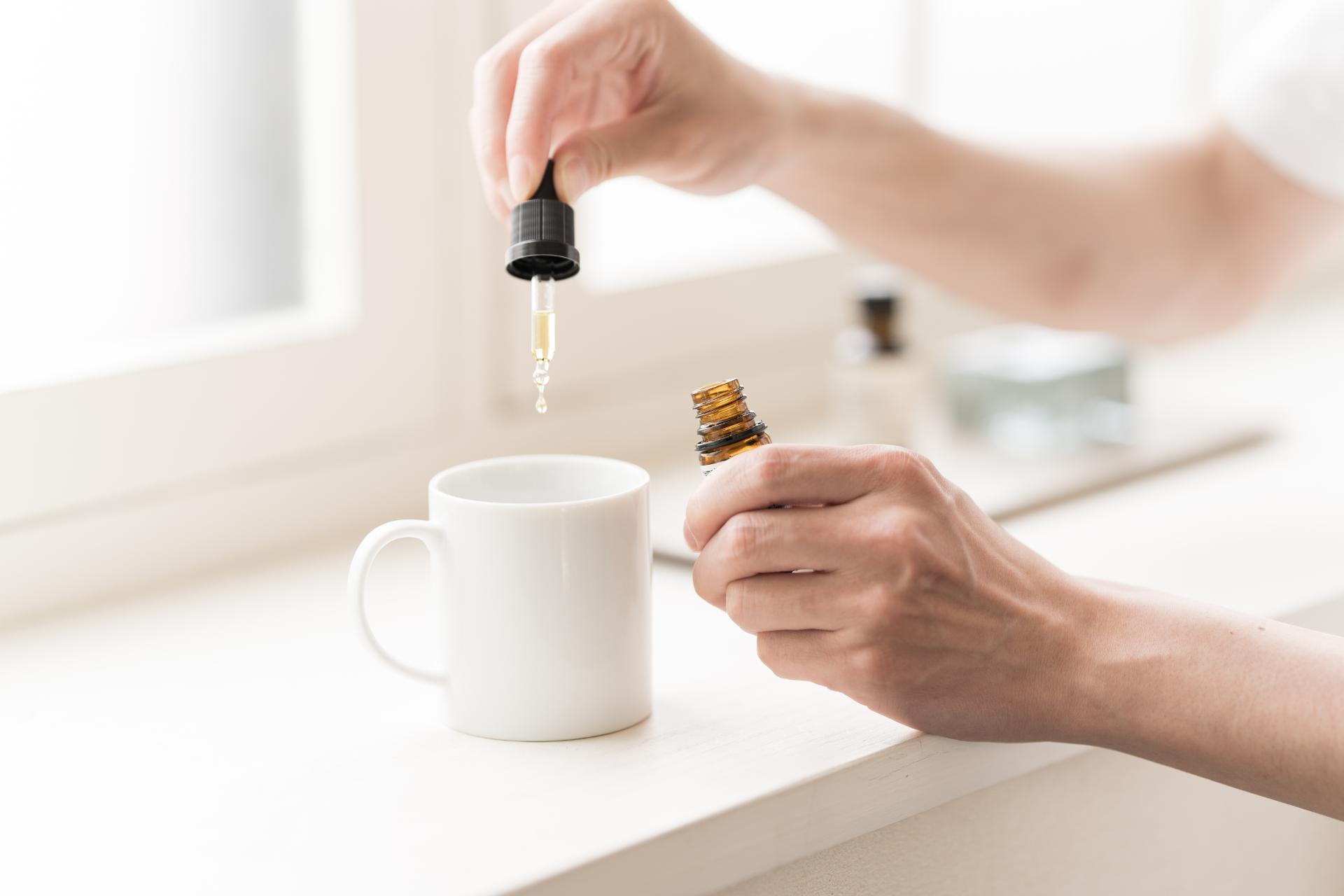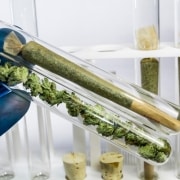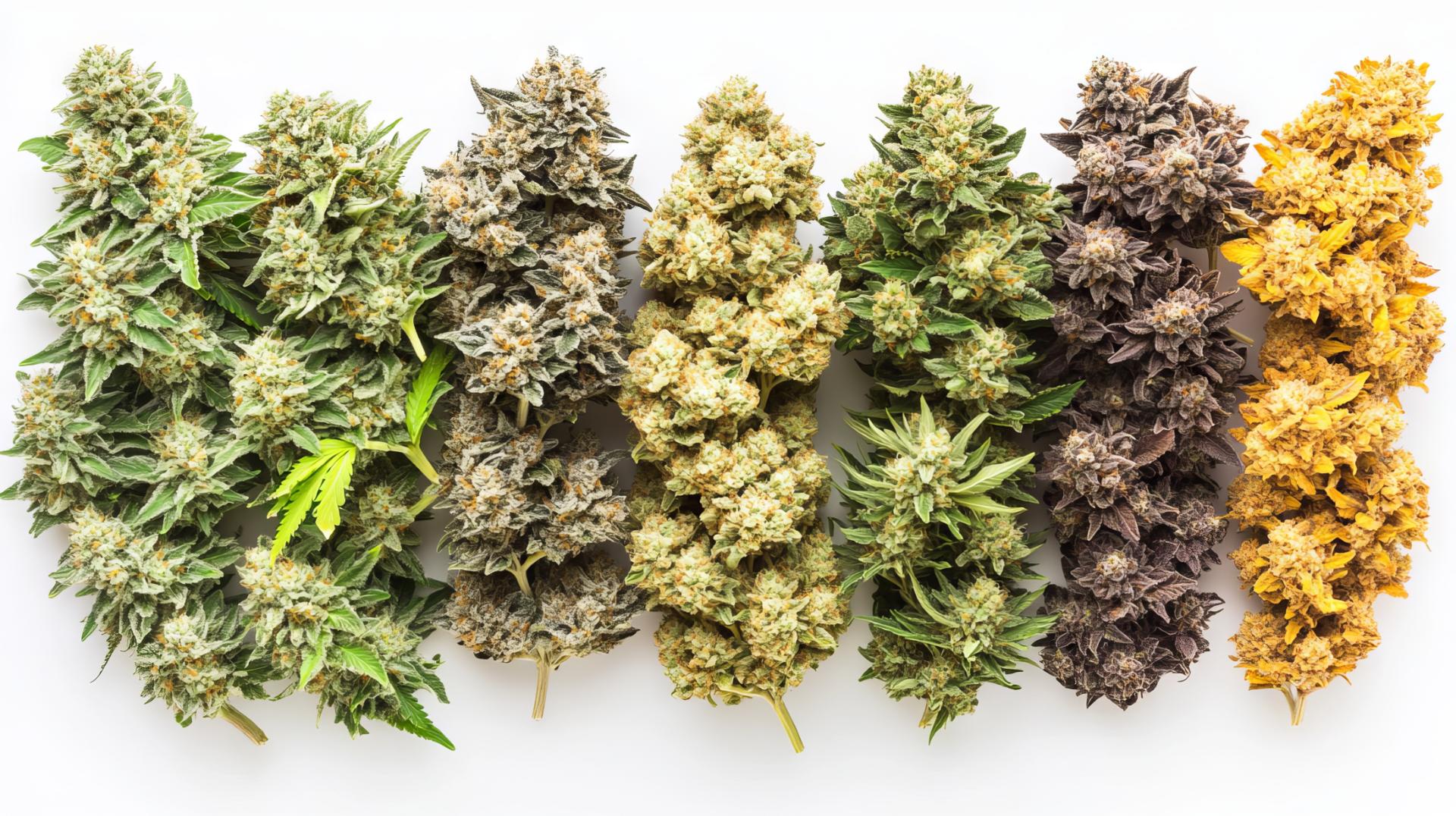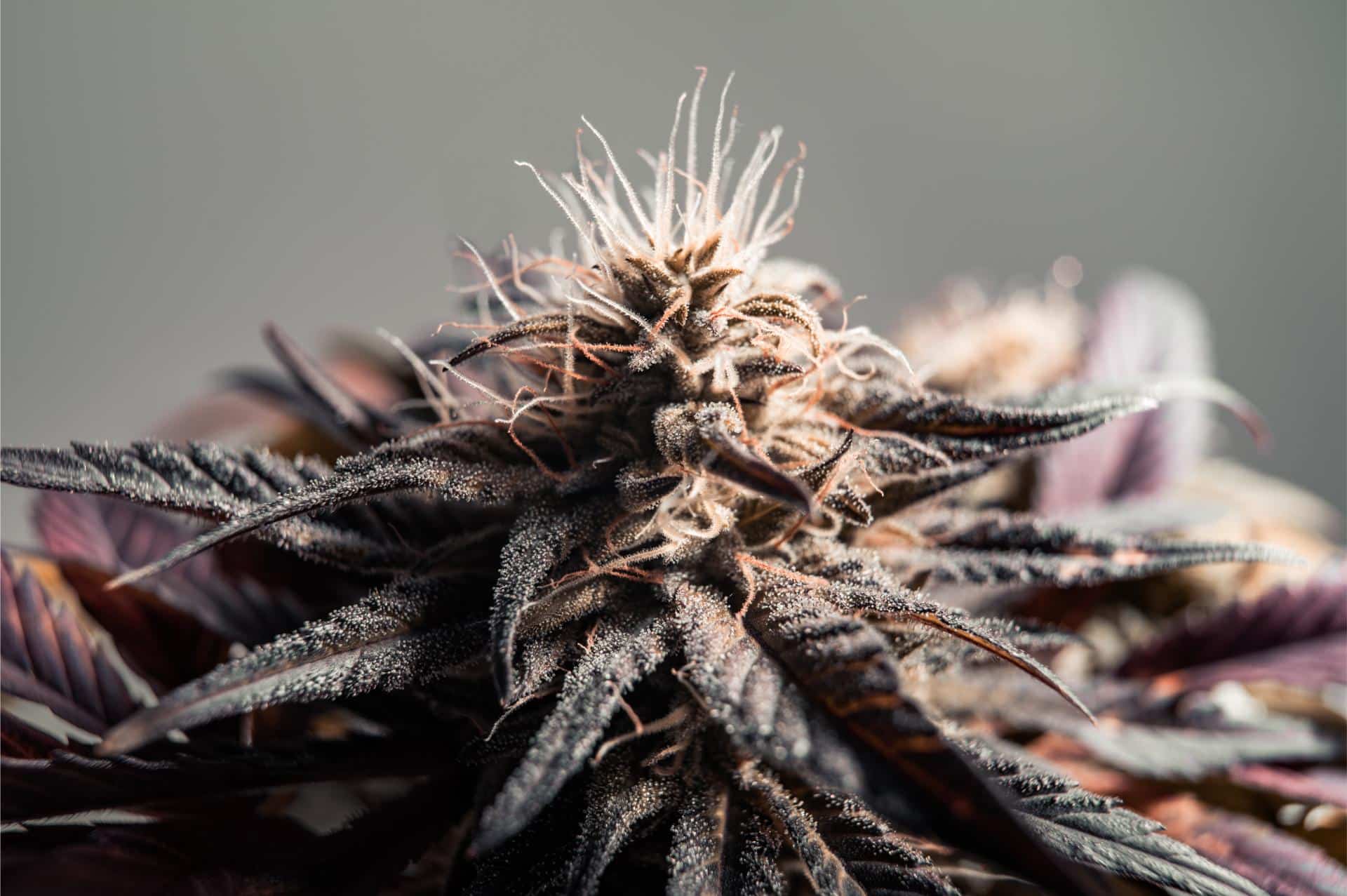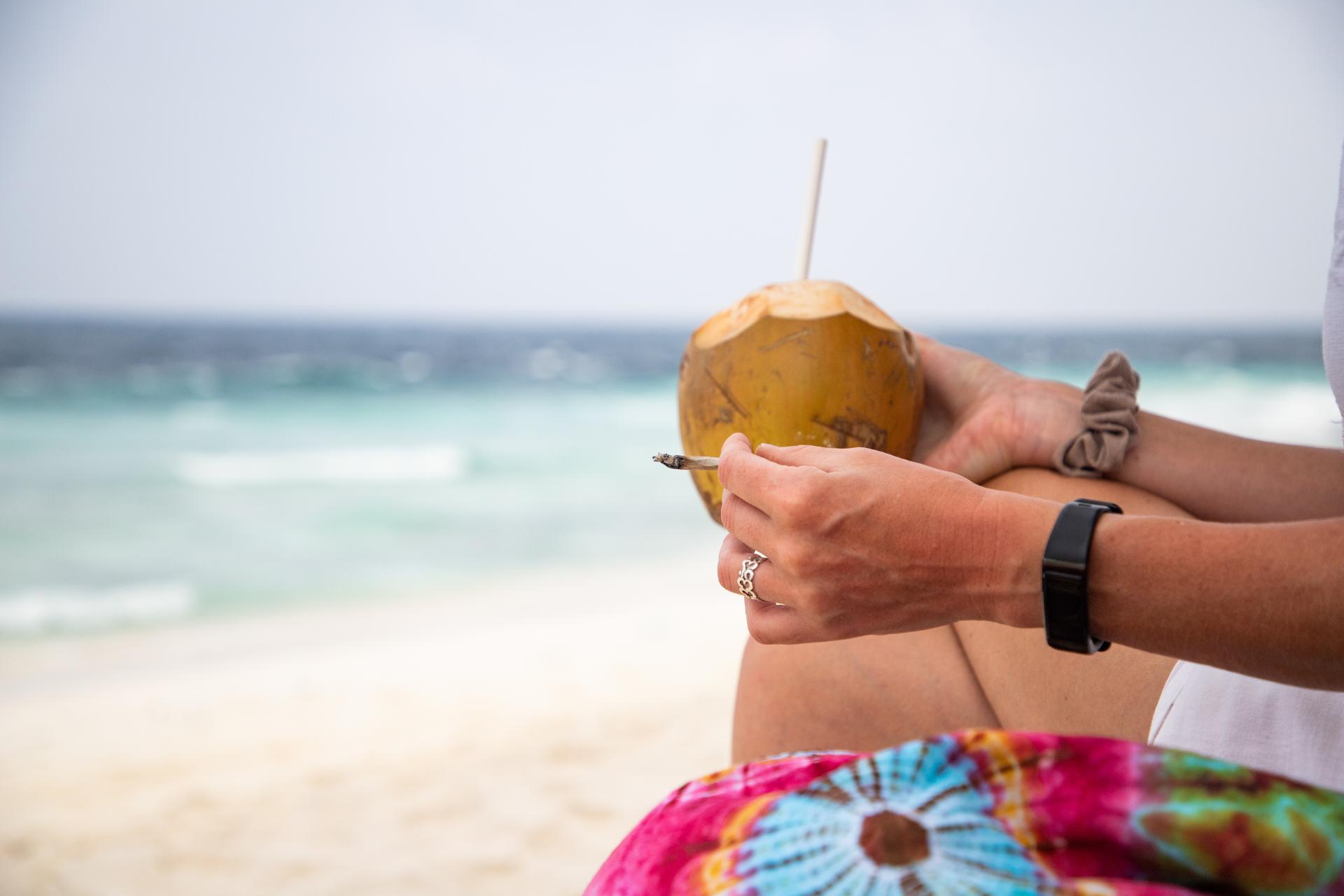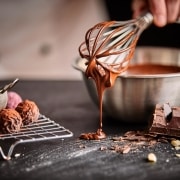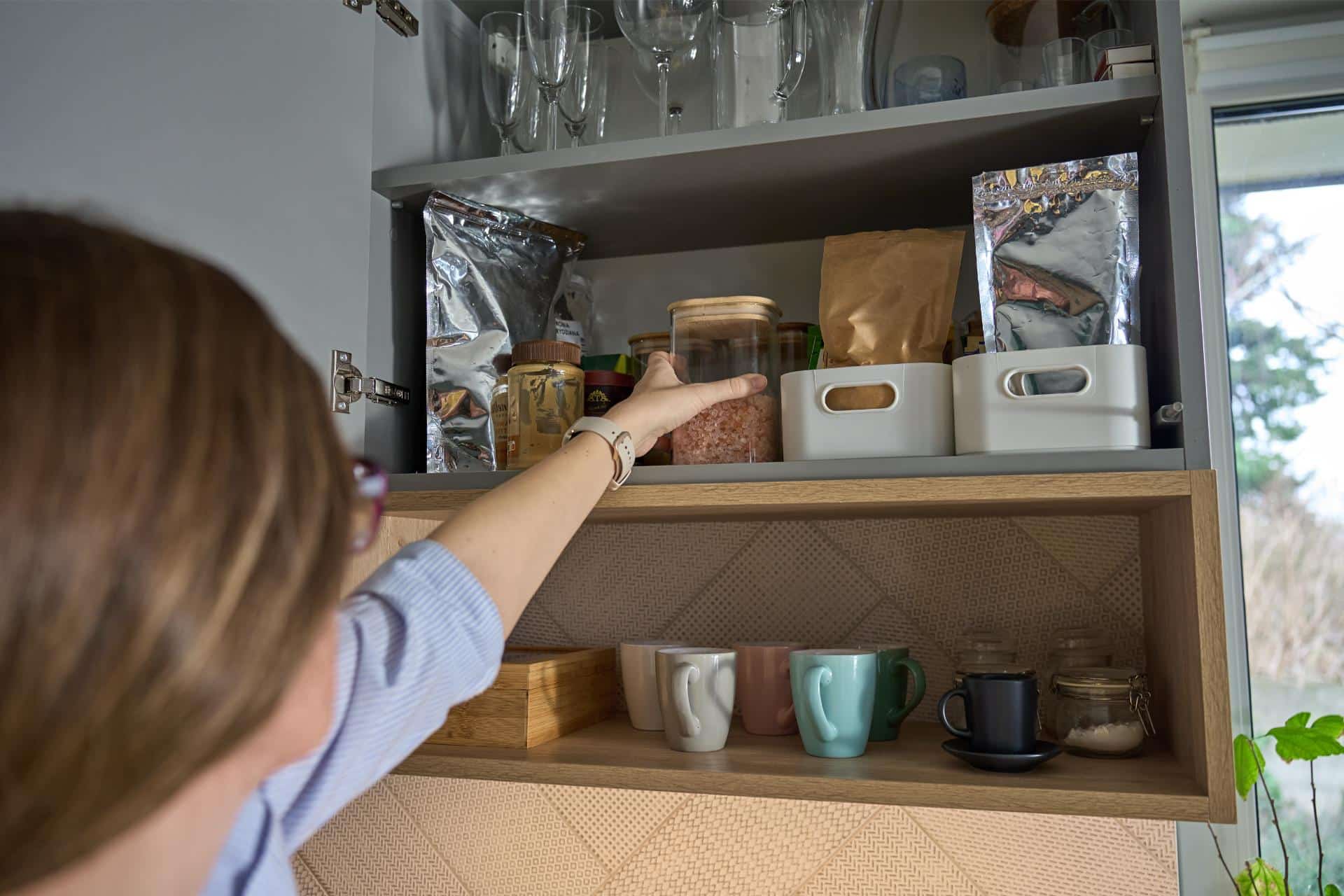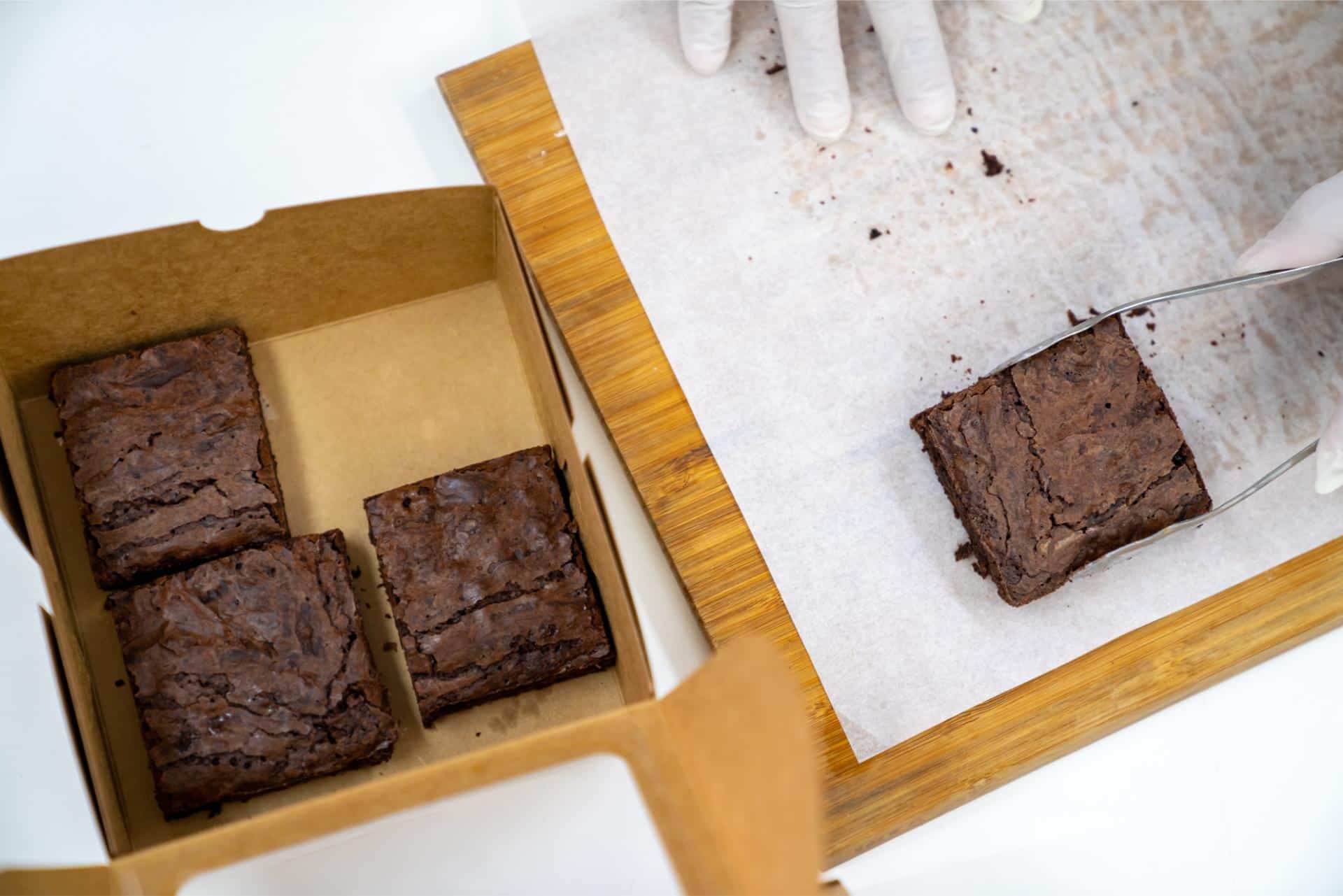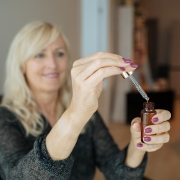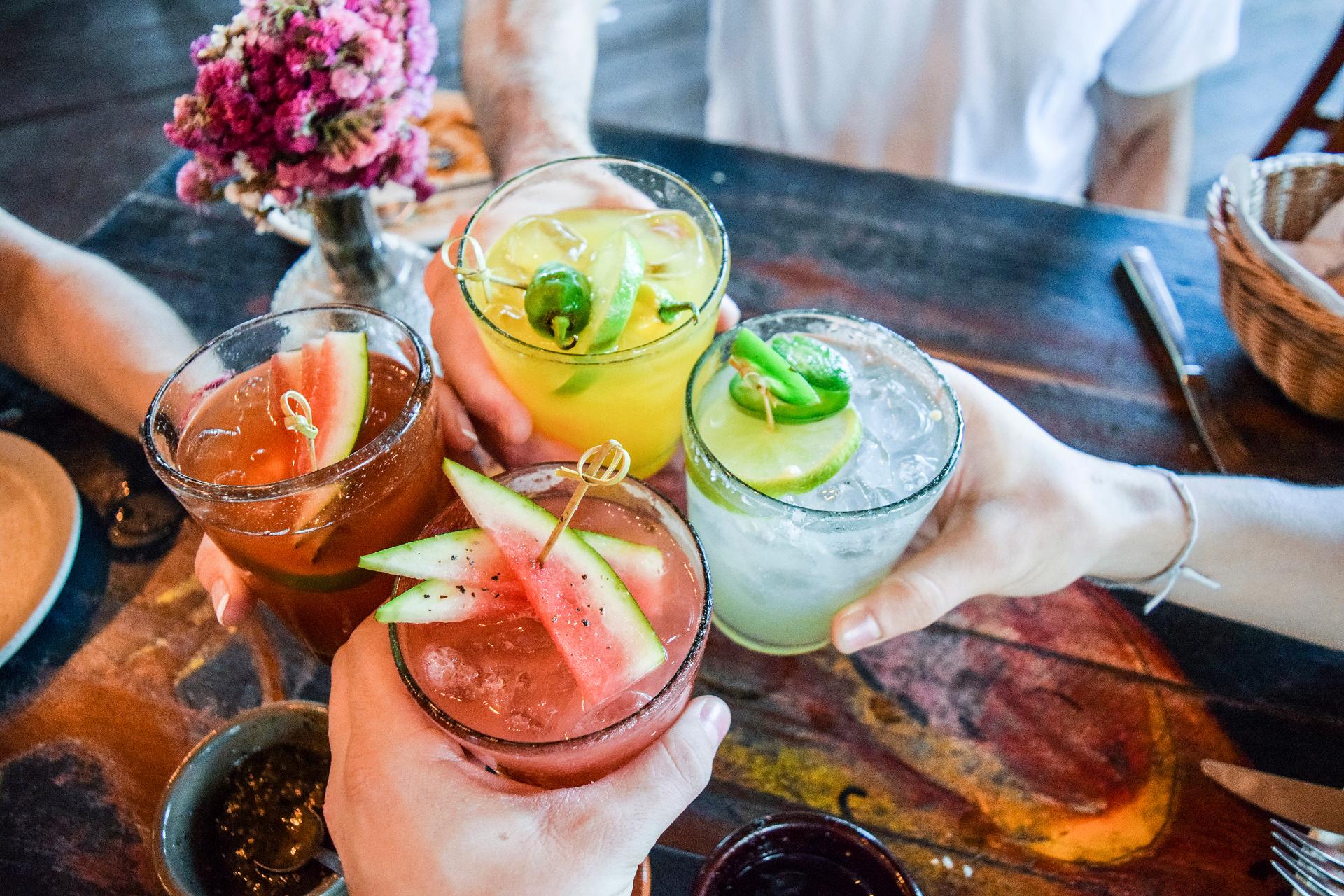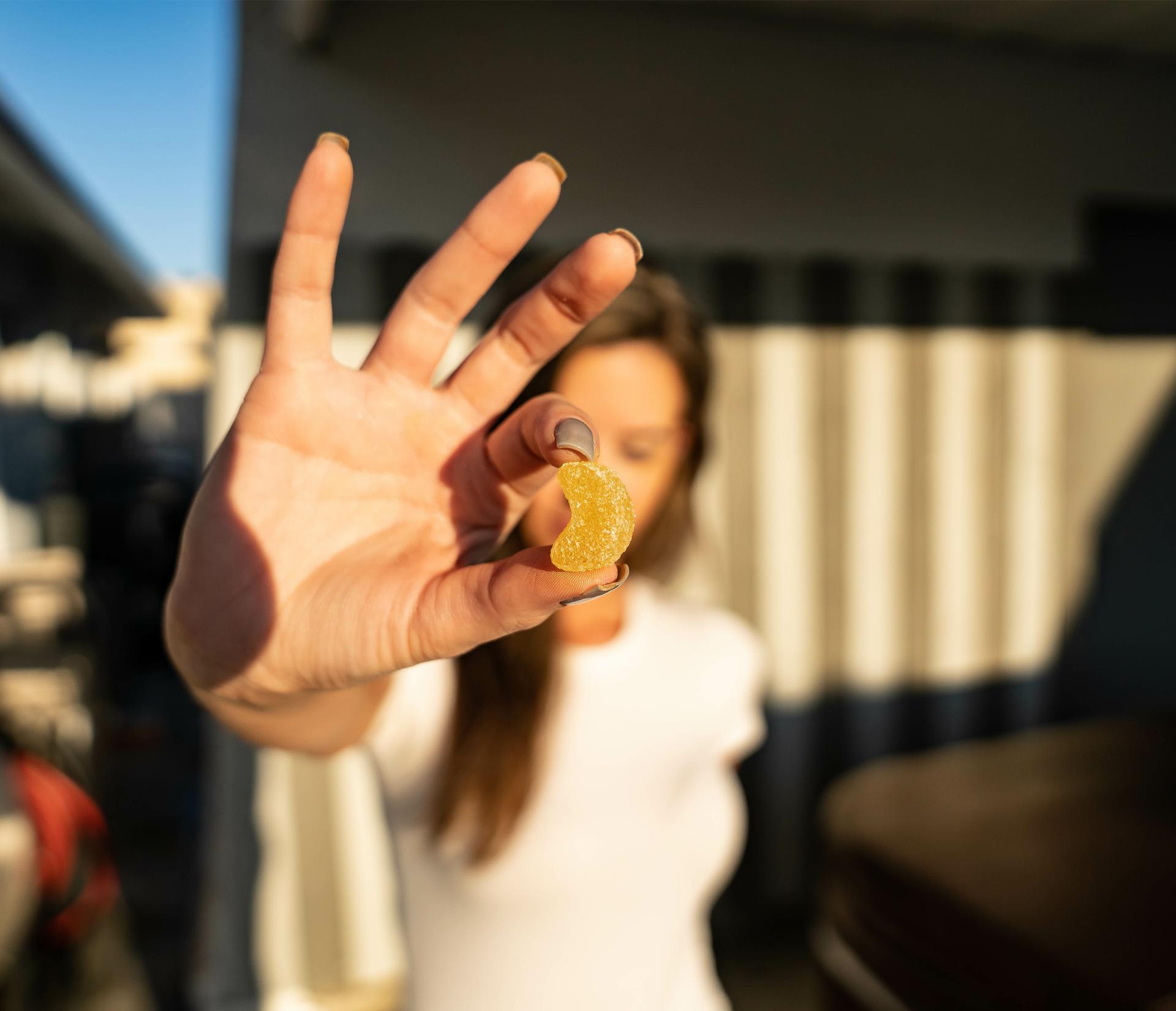Does Weed Expire? What to Know about Cannabis Shelf Life
You open a stash jar and catch a faint hay-like smell instead of that rich, sticky aroma you expect.
You wonder, does weed expire, and if so, is it still safe or even worth using? You’re not alone—every cannabis fan eventually faces the “old flower” question.
Let’s clear it up in plain language so you know exactly when to keep that nug and when to toss it.
Does Weed Expire?
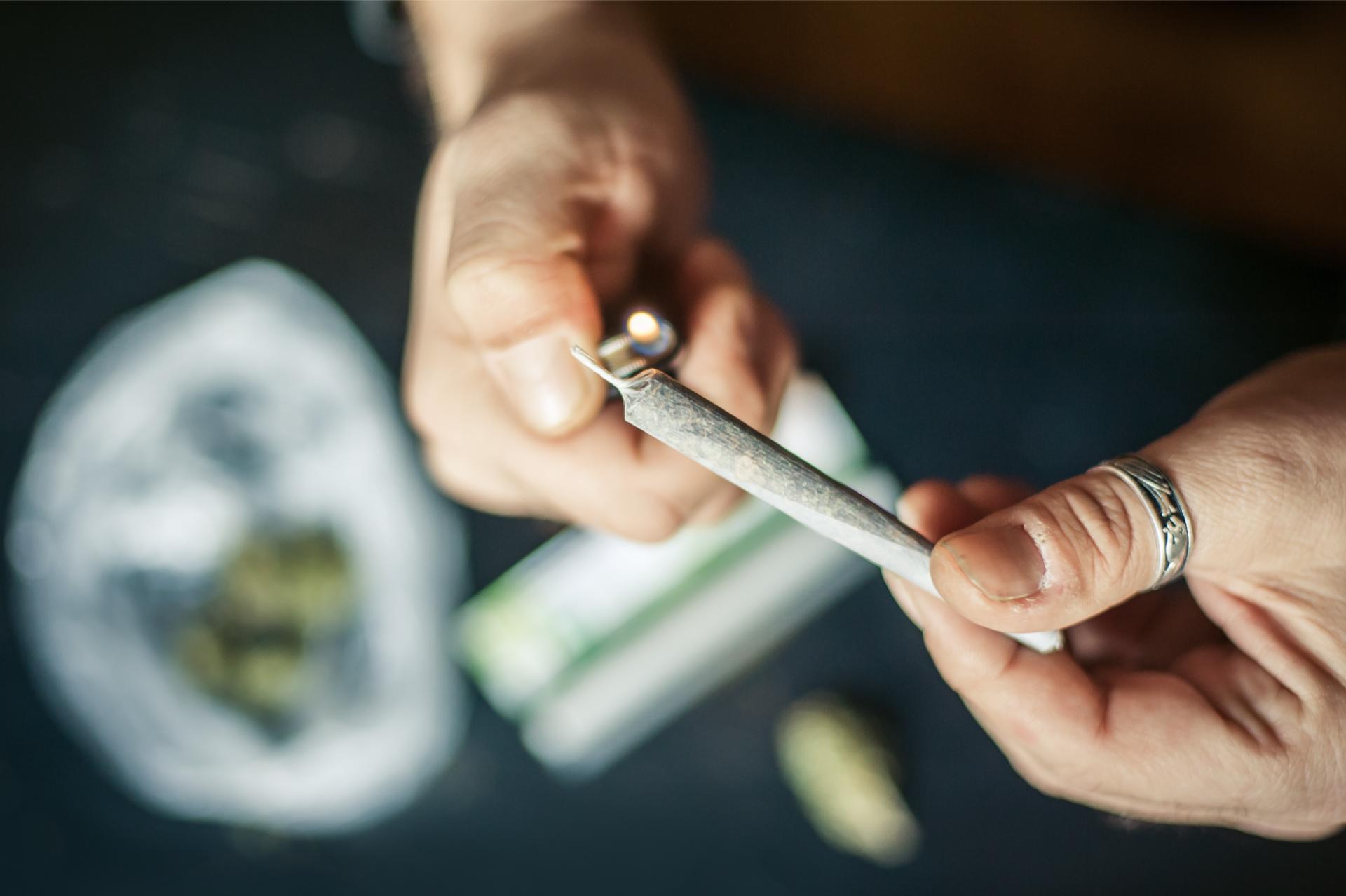
Yes. All plant matter breaks down over time, and cannabis is no different. The real issue is how it changes.
Cannabinoids and terpenes—the compounds that give marijuana its effects and flavor—slowly degrade with oxygen exposure, light, and heat.
Over months a fresh bud loses potency, aroma, and smoothness. Leave it for years and you invite mold or a dusty dryness that sparks and burns your throat.
Here’s the quick science:
- THC converts to CBN over time. Potency dips and the buzz feels heavier or sleepy.
- Terpenes evaporate, taking that citrus or pine fragrance with them.
- Moist buds can sprout white fuzz (mold) that makes them unsafe.
Use the five-word rule: If it smells wrong, it’s wrong. When your flower turns flat, harsh, or musty, the best move is to let it go.
Keep reading for specific timelines and smart storage tricks that help your stash stay fresh far longer.
Shelf Life of Cannabis: How Long Does Cannabis Last?
The shelf life depends on the product and your storage conditions. Below are general windows when cannabis still delivers good taste and effect if stored properly.
| Product Type | Expected Freshness Window |
| Dried flower | 6–12 months |
| Pre-rolls | 3–6 months |
| Vape cartridges | 12–18 months |
| Concentrates (rosin, shatter) | 8–12 months |
| Edibles and tinctures | 6–12 months (check expiration dates on packaging) |
Why the range? Differences in cannabis production—harvest moisture, curing style, and packaging—affect how long cannabinoids remain stable.
A bud cured to 10–12% moisture and tucked straight into airtight container in a cool cupboard will easily pass the nine-month mark. A pre-roll left in plastic bags on a sunny dashboard might stale in two weeks.
Remember, does weed expire is less about a hard cutoff and more about quality. Aroma fading after seven months isn’t dangerous; visible mold at any age is.
Signs Your Cannabis May Have Expired
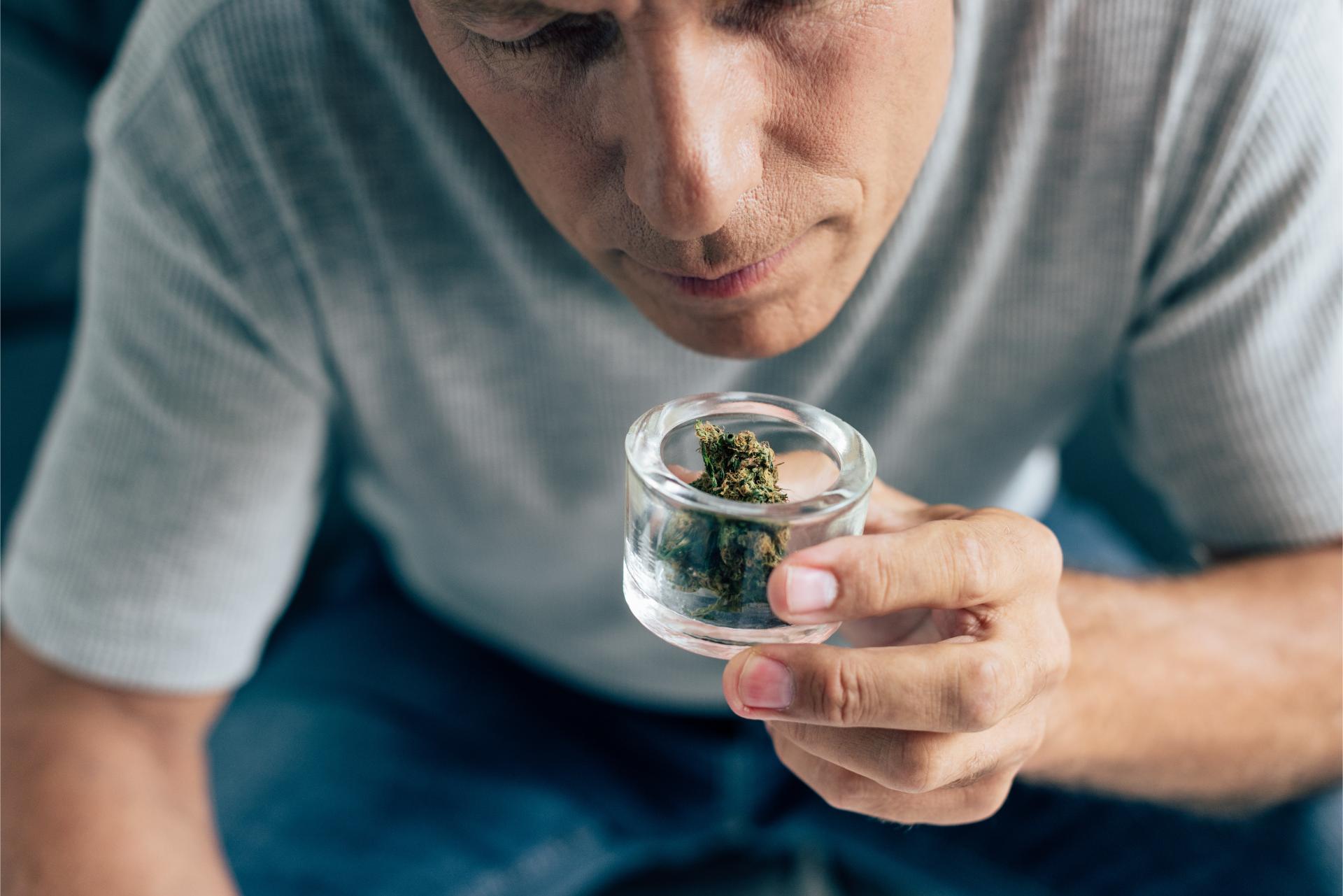
Knowing the warning cues saves you from a bad session. Look for these signs of expired weed:
- Stale or hay smell – Terpenes are gone.
- Brittle texture – Bud crumbles into dust; cannabinoids are mostly oxidized.
- White fuzz or dark spots – Mold or mildew.
- Harsh smoke – Feels like sandpaper on the throat.
- No noticeable effect – THC has mostly broken down.
How to Check for Mold?
- Use bright light. Hold the bud near a window or phone flashlight.
- Inspect fibers. Mold appears as spider-web strands or grey/white powders, unlike the crystal shine of good trichomes.
- Sniff. Sharp ammonia or wet-cardboard notes signal contamination.
- Break it apart. Mold often hides deep in the flower. A clean snap and sparkly trichomes mean you’re good; musty pockets mean toss.
- Skip risky salvage. Removing a fuzzy patch doesn’t remove spores. If you spot mold, throw the entire piece away.
If your cannabis shows any of these problems, it’s best to cut losses and start fresh. Remember: can weed expire? Yes, and mold is the worst form of it.
Factors That Affect Cannabis Shelf Life
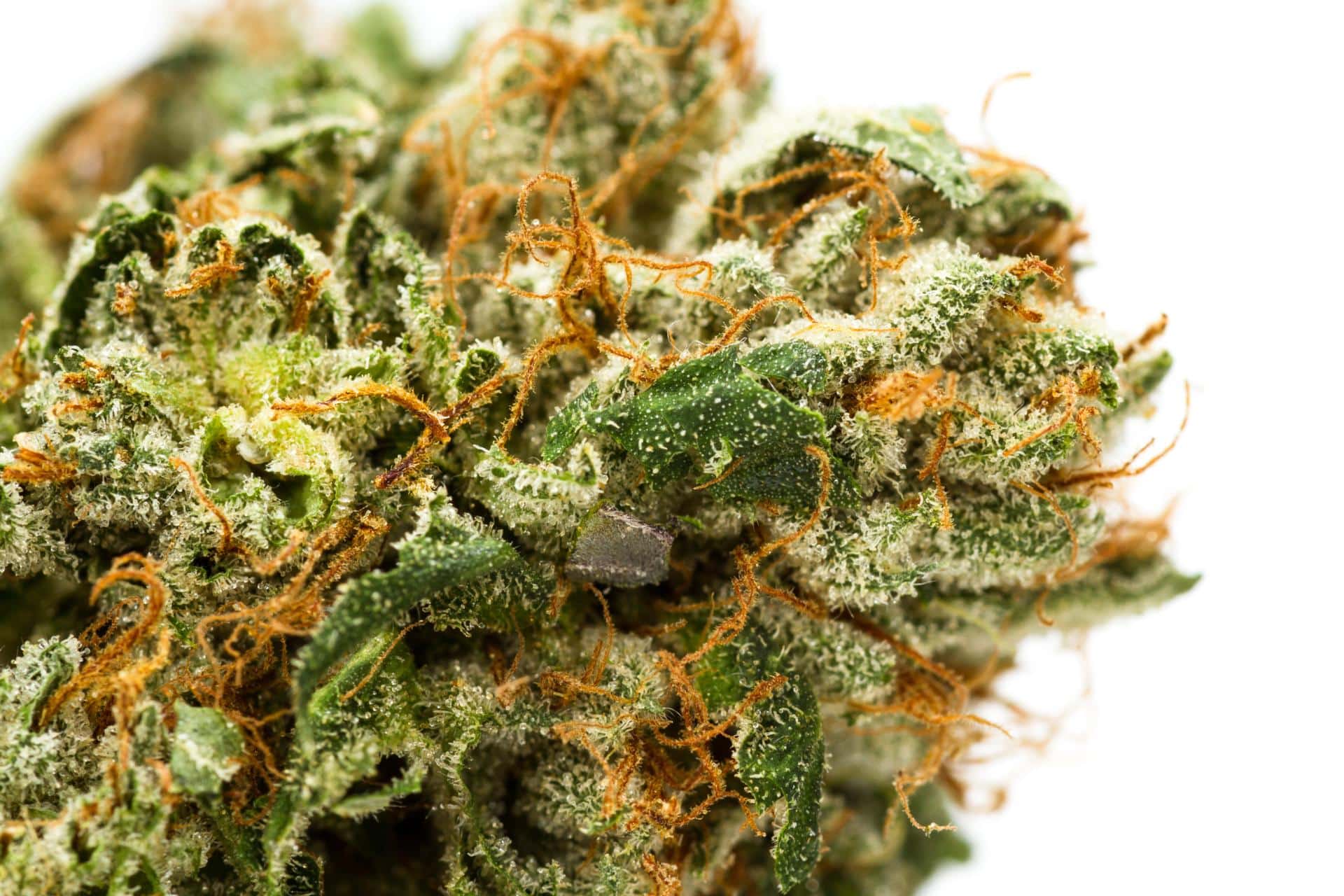
Several outside forces decide whether your stash lasts six weeks or a full year:
- Light – UV rays speed THC breakdown.
- Air – Oxygen fuels oxidation, making cannabinoids weaker.
- Heat – Warm temperatures evaporate terpenes and invite mold.
- Humidity – Too much moisture sparks fungus; too little dries trichomes.
- Container type – Glass jars and mason jars keep a tighter seal than thin plastic.
- Frequency of opening – Each time you crack the lid you pull in fresh air.
Think of cannabis like fresh herbs in the kitchen: keep them cool, dark, and sealed. Follow those rules and you’ll rarely wonder does weed go bad before you finish it.
How to Store Cannabis Properly to Extend Shelf Life
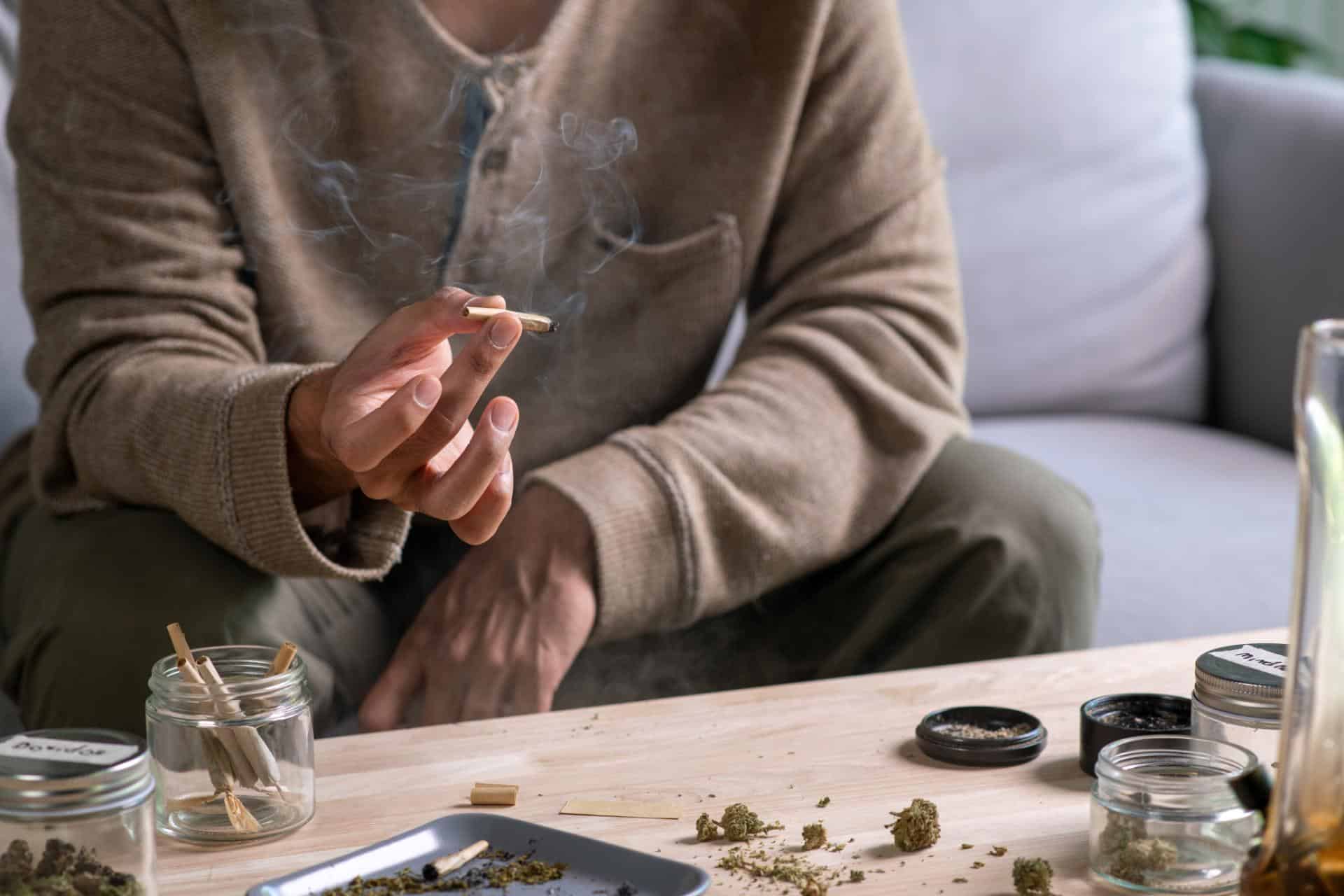
Smart storage protects cannabinoids for months:
- Choose the right jar. Use tinted glass jars or food-grade mason jars with rubber gaskets. They block light and seal tight.
- Add humidity packs. Two-way humidity packs (55–62% RH) regulate moisture so buds don’t over-dry or mold.
- Keep it cool. Aim for 60–70°F (15–21°C). An indoor closet beats a sunny kitchen.
- Limit oxygen exposure. Fill jars about 75% so less air sits inside. Open only when you roll.
- Skip plastic bags. They attract static, pulling trichomes off your cannabis flower, and they breathe, which introduces more air.
- Separate products. Keep edibles, concentrates, and flower in individual containers to avoid flavor mingling.
Bonus tip: If you shop at a los angeles cannabis dispensary, ask for harvest or packaging dates so you know exactly how “new” a product is before it even reaches your shelf.
Can You Still Use Expired Cannabis?
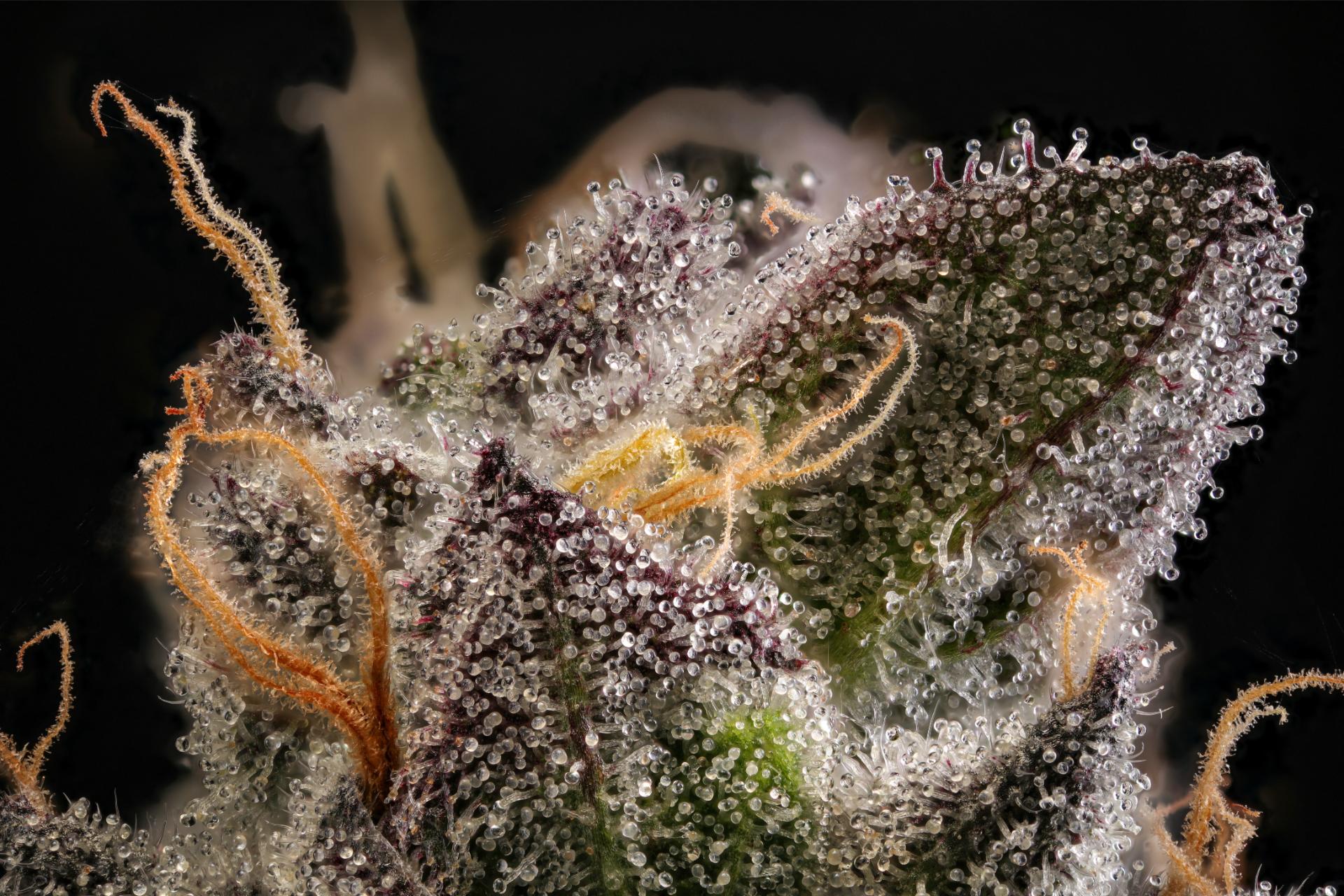
Maybe—but proceed with caution. Dry but clean flower that has simply lost some potency can still be smoked. However, don’t expect the same experience—it may feel weaker or more sedating than usual. If there’s no mold or odd smell, it’s likely safe, just less effective.
Moldy flower, on the other hand, should never be used. Even small amounts of mold can cause serious irritation or infections in your lungs, especially for people with allergies or weakened immune systems.
Old edibles are another story. They may still contain THC, but the texture and flavor often suffer. In some cases, the infused oil or butter inside can go rancid, making them unpleasant or even unsafe to eat.
Stale vape cartridges are also a gamble. If terpenes have evaporated and the oil thickens, they can clog, taste burnt, or stop working entirely. While expired weed isn’t always harmful, using it past its prime comes with trade-offs in quality, safety, and overall experience.
When deciding, run through three quick checks:
- Look – Any discoloration or fuzzy growth? Toss.
- Smell – Aroma dull is okay; ammonia or mildew is not.
- Feel – If it snaps like a twig yet looks clean, you might grind it; if it bends wet or feels spongy, trash it.
Ask yourself: can weed go bad to the point of risking health? If you hesitate, replace the batch. Good herb is plentiful now, and your lungs will thank you.
Keep Your Cannabis Fresh and Potent
Fresh cannabis offers richer flavor, smoother smoke, and reliable effects—so treat it right from day one. Use airtight container in a cool spot, add humidity packs, and minimize oxygen exposure every time you open the lid.
By paying attention to storage conditions, you’ll rarely face the dreaded question, does weed expire, because your stash will taste and feel as good as the day you bought it.
Ready to upgrade your setup? Grab some sturdy glass, label harvest dates, and enjoy flower that stays fresh long after the first spark.
FAQs About Cannabis Shelf Life
Does weed expire faster if left in a car or hot environment?
Absolutely. Leaving your cannabis in a hot car exposes it to high temperatures and light, which speed up THC degradation. Even a few hours in extreme heat can ruin flavor and potency. If you want your stash to last, always avoid hot, sunny spots.
Can weed go bad if you freeze it?
Technically, yes. While freezing slows decay, it can make trichomes brittle and damage flower structure. This means your bud might lose potency or flavor when thawed. Freezing is best for long-term storage of concentrates, not flower.
How does weed expire differently in pre-rolls vs. loose buds?
Not quite. Pre-rolls are more exposed to air, especially once opened. That means they dry out and lose flavor faster than well-stored loose flower. Pre-rolls also can’t be resealed as easily, so their shelf life is usually shorter.
Can weed expire if kept in its original packaging?
Over time, yes. Original dispensary packaging can slow degradation, but it’s not foolproof. Does weed go bad even if unopened? It can, especially if stored somewhere warm or in direct sunlight. Always check the pack date, and store it properly once opened.
References
- Lyphe Clinic. (2024). Expiration of weed: What patients need to know.
- Green Health Docs. (2020). Does marijuana lose its potency?
- High Times. (2022). Does weed go bad & how long does it last?
- Cryo Cure. (n.d.). Cannabis shelf life: Optimal storage tips
- Lucky Chuckie. (2025, Feb 3). The ultimate guide to cannabis storage: Best practices and tips.
- Medical Alternatives Clinics. (2025, Apr). Mold on marijuana: Risks, prevention, and safe consumption.
- (n.d.). How to tell if cannabis is past its prime.

